Fritz Brandtner (1896-1969)
Born in Danzig, (then Germany), in 1896, Fritz Brandtner was conscripted into the German Army in 1915. He spent most of the war as a prisoner of war, in France. After World War One, he returned to Germany, and studied art at the University of Danzig where he taught life drawing in the Architecture Department. During this period, he became greatly interested in the work of the German Expressionists, such as Kirchner and Kandinsky, whose works he studied at the Danzig Civic Gallery.
He immigrated to Canada in 1928 and settled in Winnipeg. It was very difficult for an artist to make a living during this period, so he was forced to do odd jobs before landing a position at Brigden’s as a commercial artist and designer. There he met and became friends with Lemoine Fitzgerald. It was Brandtner who introduced Fitzgerald to Modernism and the work of the German Expressionists. Brandtner found that he had a great deal of trouble having his style of work recognized by members of the Winnipeg art scene. Fitzgerald suggested that he would be more successful in a cosmopolitan centre, like Montreal. Before leaving Winnipeg for Montreal, the Winnipeg School of Art held a farewell exhibition of 150 of Brandtner’s works.
Brandtner arrived in Montreal in 1934, with an introduction from Fitzgerald to the Montreal art critic, Robert Ayre. Ayre, in turn, introduced him around to other Montreal artists. At an exhibition of his works in 1936, Brandtner met Dr. Norman Bethune. Through Bethune, Brandtner became involved in the Children’s Art Centre and the art program for crippled children at the Children’s Memorial Hospital.Brandtner juggled his art education endeavors, with his own studio time. He painted in oils and watercolour, but also carved linoleum, which he then painted. He worked in a limited palette of blacks, reds and blues. Carving images into linoleum worked for him because, in his words, “linoleum calls up ideas that lead us away from pure representation and towards the abstract..” According to Louis Muhlstock, “The key to Brandtner’s success…is the underlying structure of their semi-abstract design.” Brandtner was a champion of modern art in Canada and his work is represented in the collections of the National Gallery of Canada, the Art Gallery of Ontario, the Vancouver Art Gallery, and the Musée de Québec, Q. City.
Ref:
A Dictionary of Canadian Artists, Vol.1, by Colin S. MacDonald, Canadian Paperbacks, Ottawa, Revised and expanded, 1997
Buying/Selling Fritz Brandtner (1896-1969)'s Artwork
We buy and sell Fritz Brandtner (1896-1969)'s artwork. If you're interested in purchasing artworks by Fritz Brandtner (1896-1969), please contact us as we may have available artworks which are not shown online.
Artist Search
Artists by Categories
Fritz Brandtner (1896-1969)'s Artwork
Abstraction
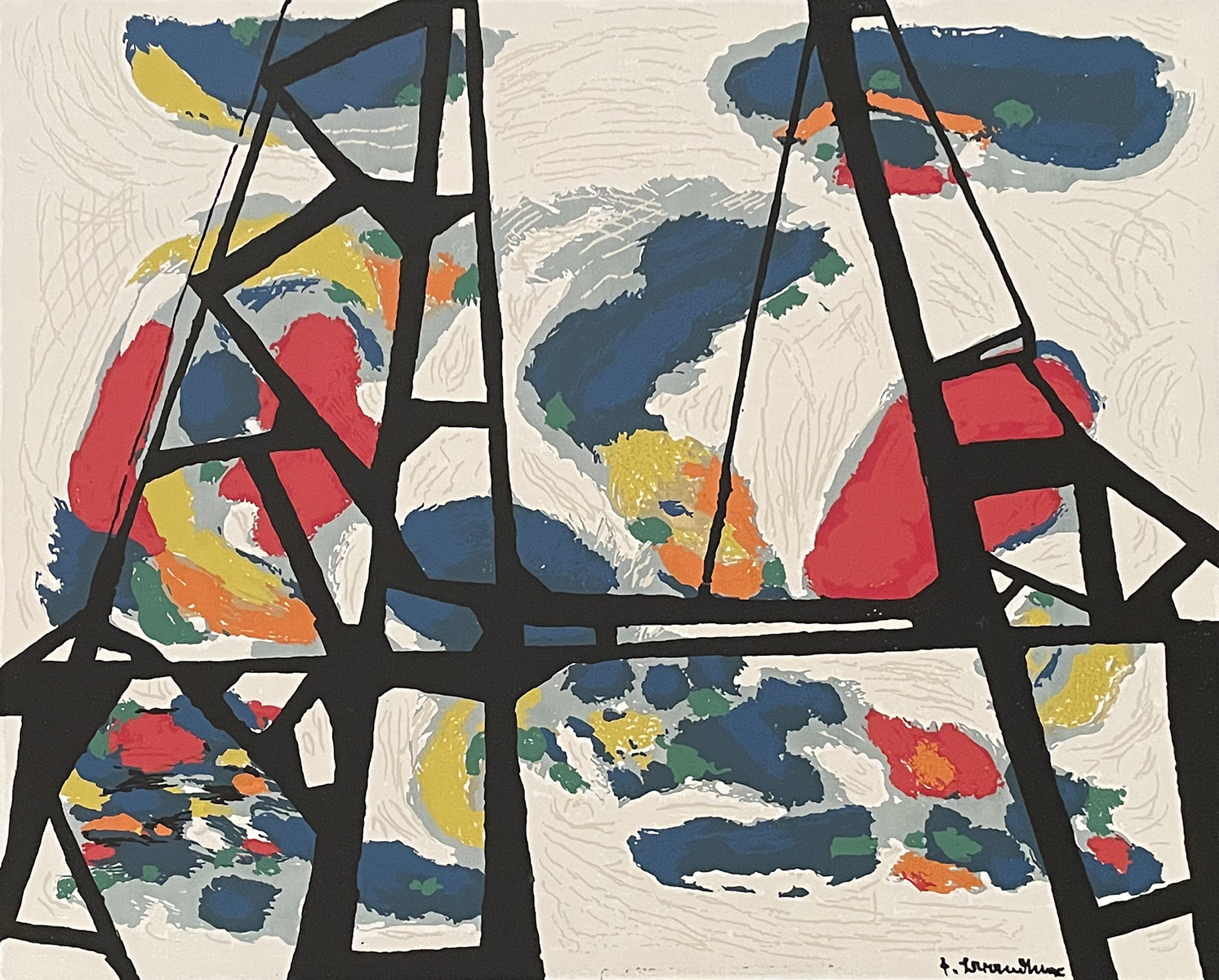
Mixed media on paper
Signed lower right
12” x 15”
Provenance: Estate of Paul Kastel
Estate of the artist

If this artwork interests you please contact us for purchasing information.
Untitled
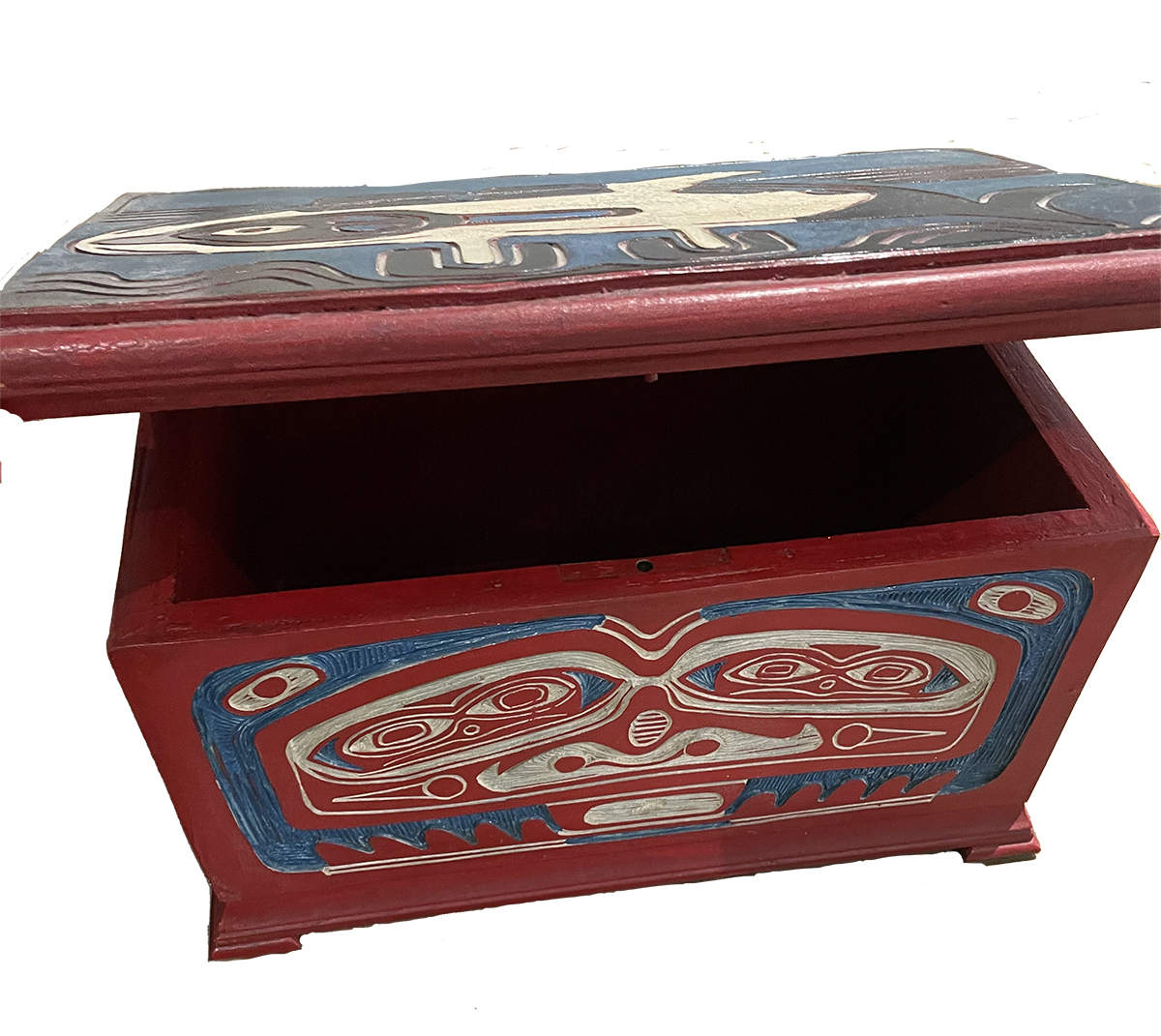
“Homage to the reflection of Brandtner’s
engagement with a rich visual culture of his adopted homeland.”
Hand carved and painted box, circa 1939
14 1/4” x 8 1/4” x 9”
Provenance: The estate of Paul Kastel
The estate of the artist
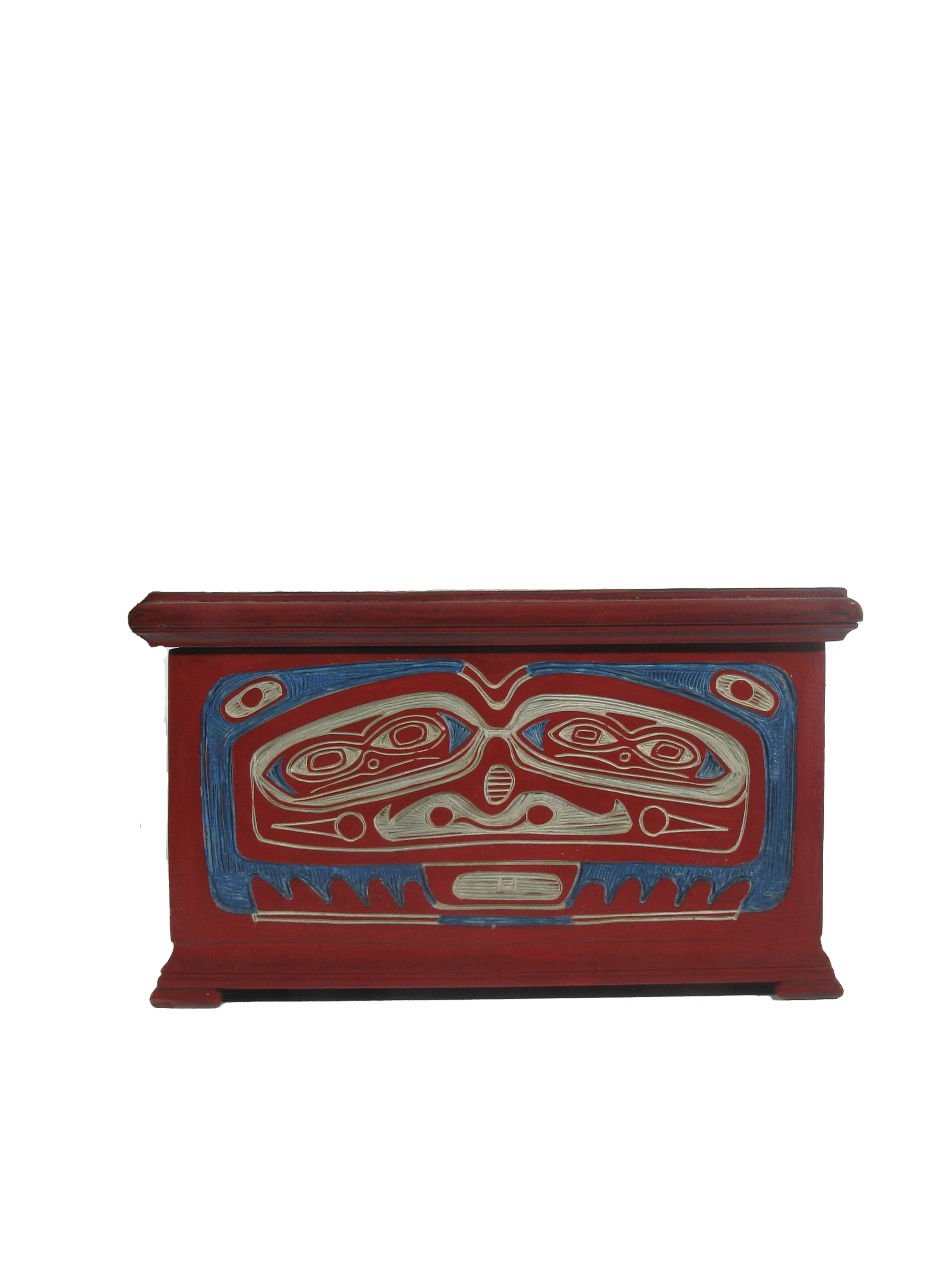
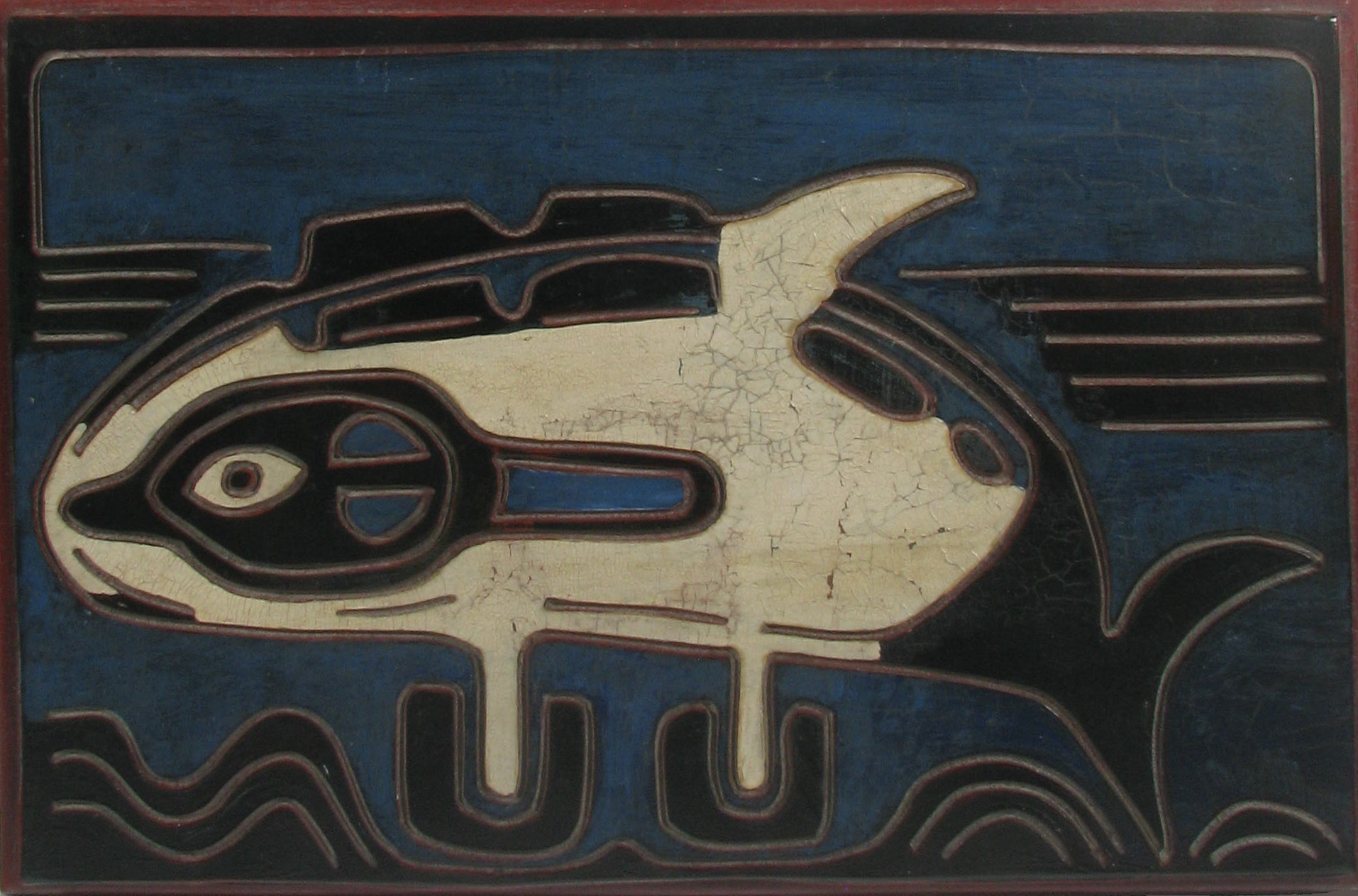

If this artwork interests you please contact us for purchasing information.
“Design in 3 Dimensions” (1938)
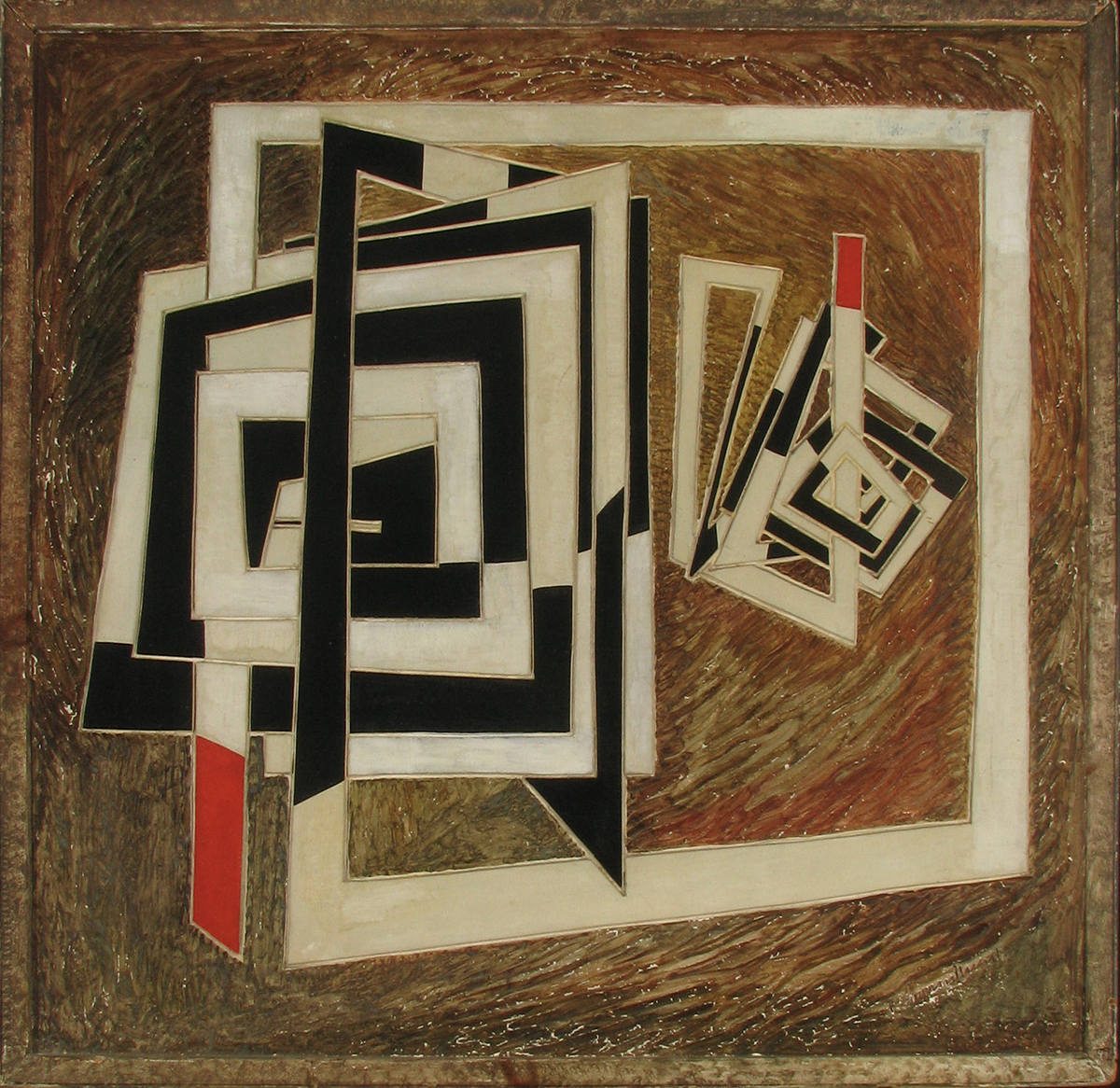
Oil on carved Linoleum
Signed lower right
Signed, titled and dated 1938 on the reverse
25” x 25 1/2”
Provenance: Private collection, Montreal
Galérie Yves Laroche
Kastel Gallery, Montreal
Galérie Agnes Lefort, Montreal
Wife of the artist
Exhibited: Galérie Valentin, Montreal, Fritz Brandtner Retrospective September 10-September 24, 2011
Confederation Art Gallery and Museum, Charlottetown, Prince Edward Island
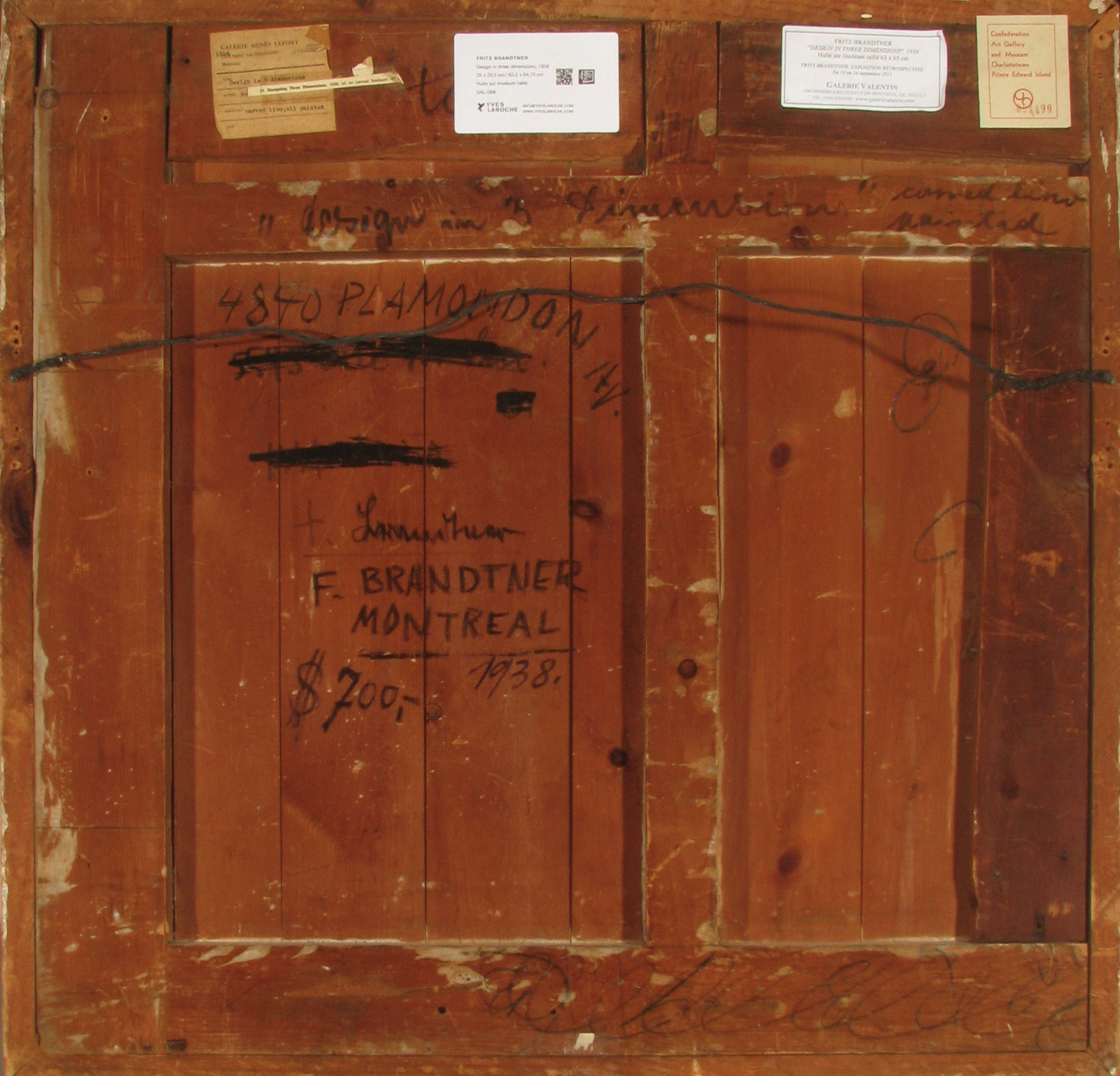

If this artwork interests you please contact us for purchasing information.
Abstraction
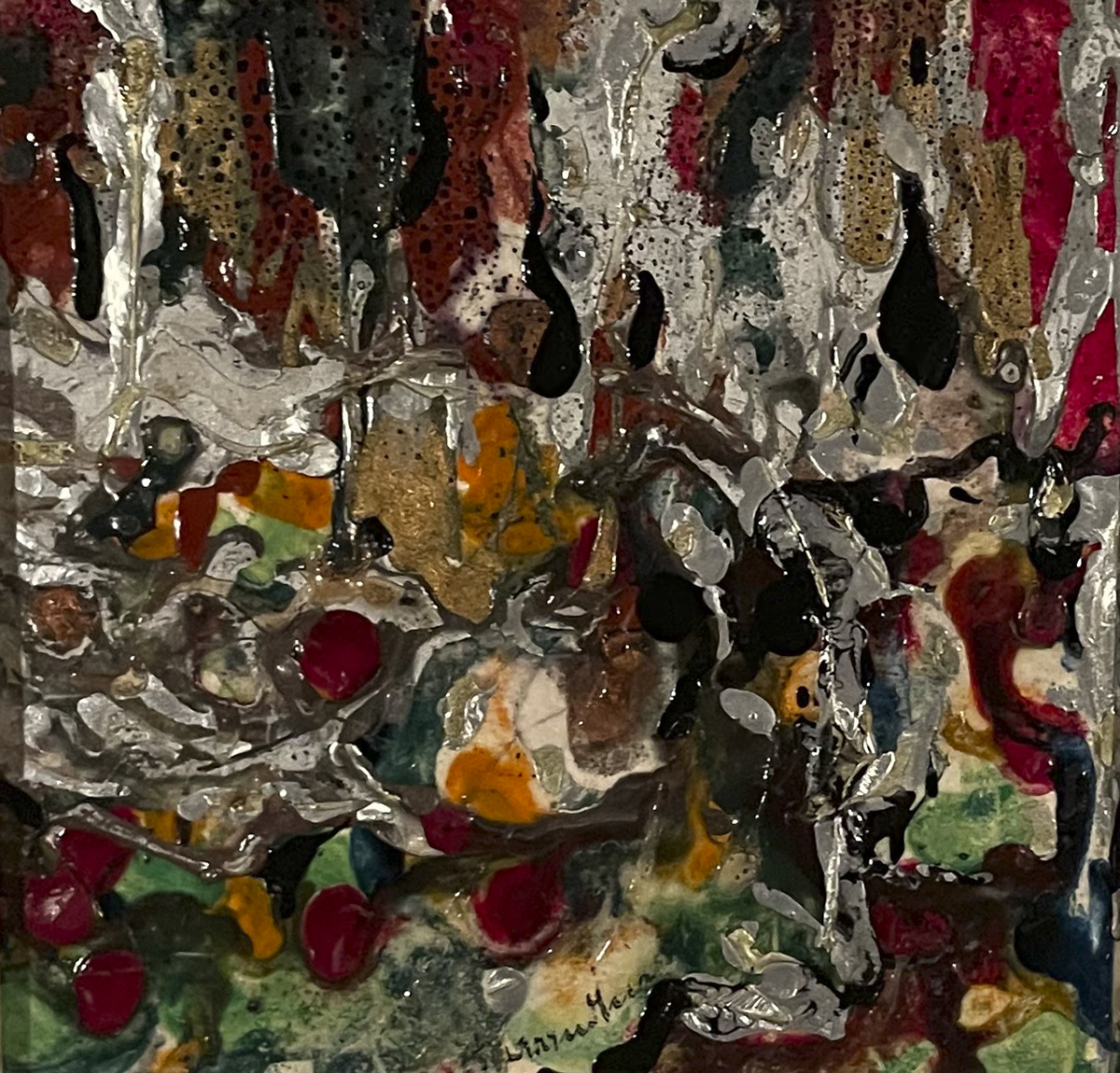
oils on board
Signed lower centre
Signed on the reverse
5” x 5 1/4”
Provenance: Private collection, Montreal
Kastel Gallery, Montreal
Wife of the artist
SOLD
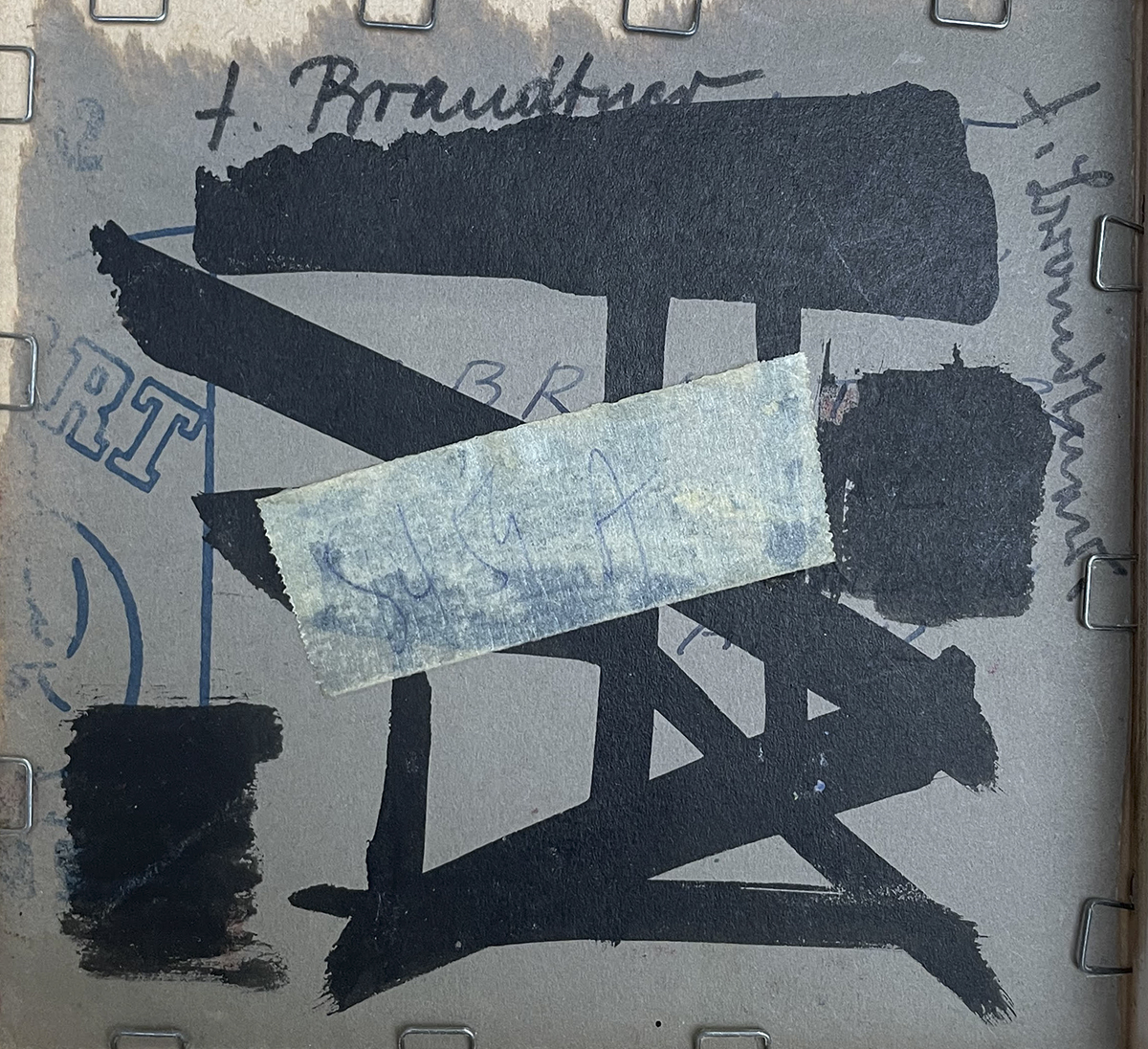
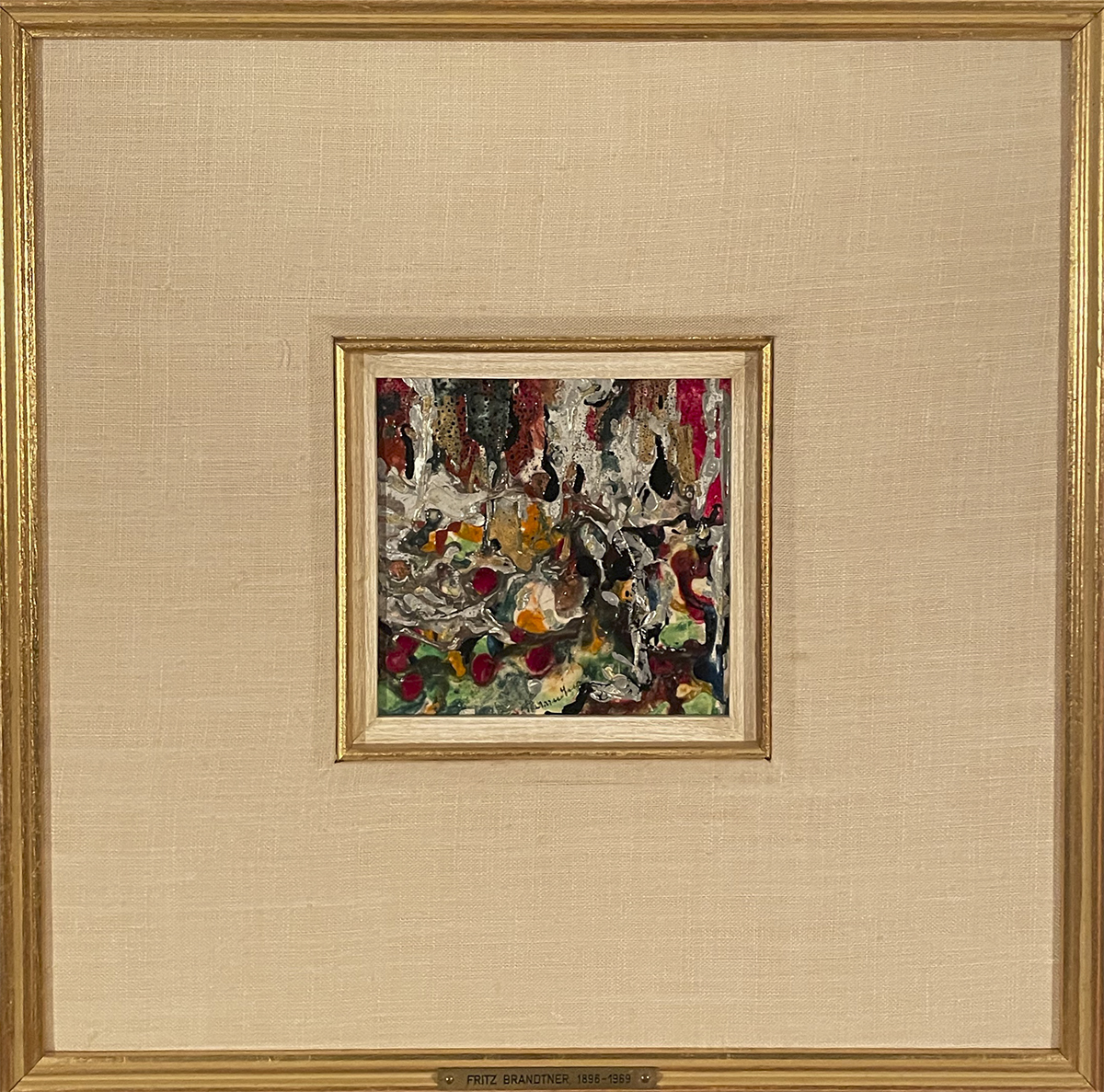

If this artwork interests you please contact us for purchasing information.
Lake View
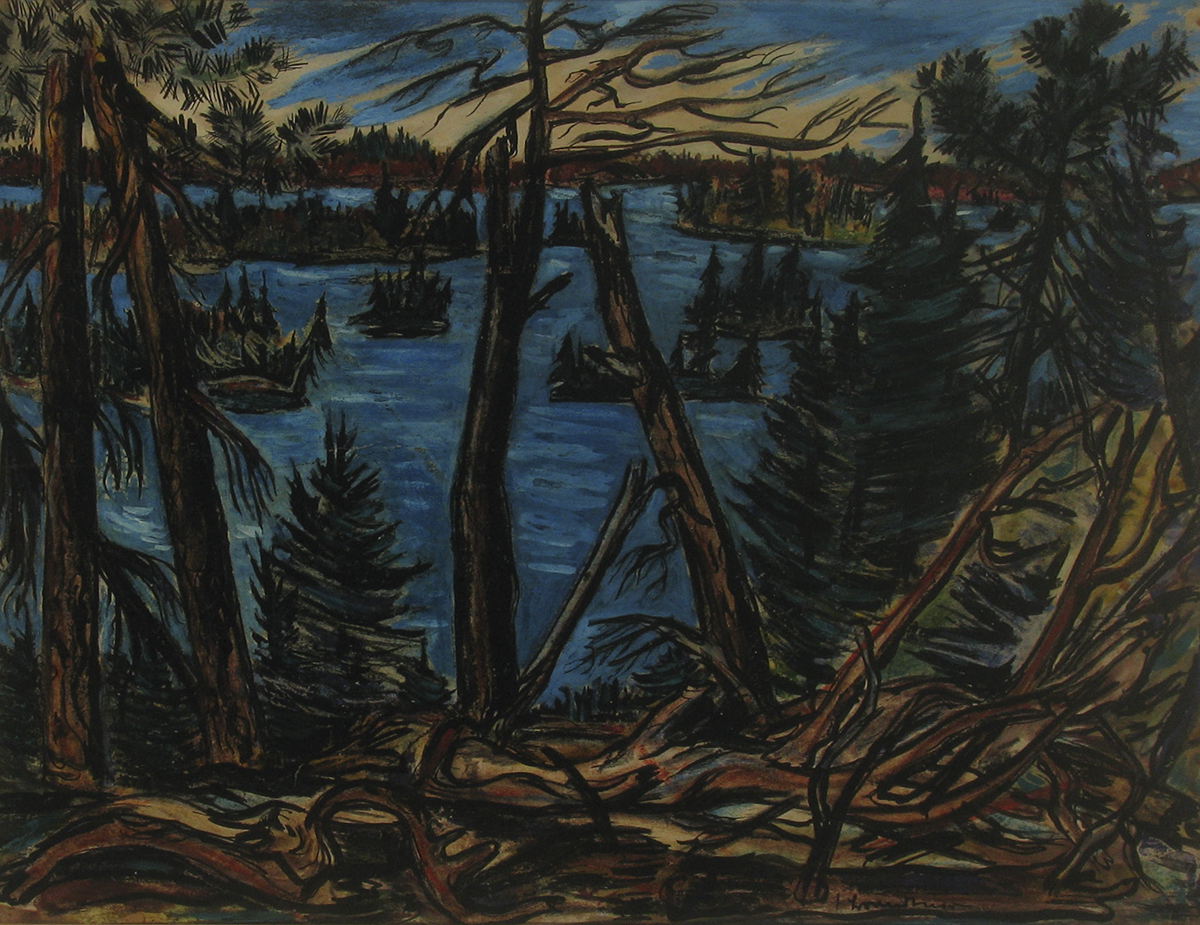
Watercolours and ink on paper
Signed lower right
17” x 22”
Provenance: Private collection, Montreal
SOLD
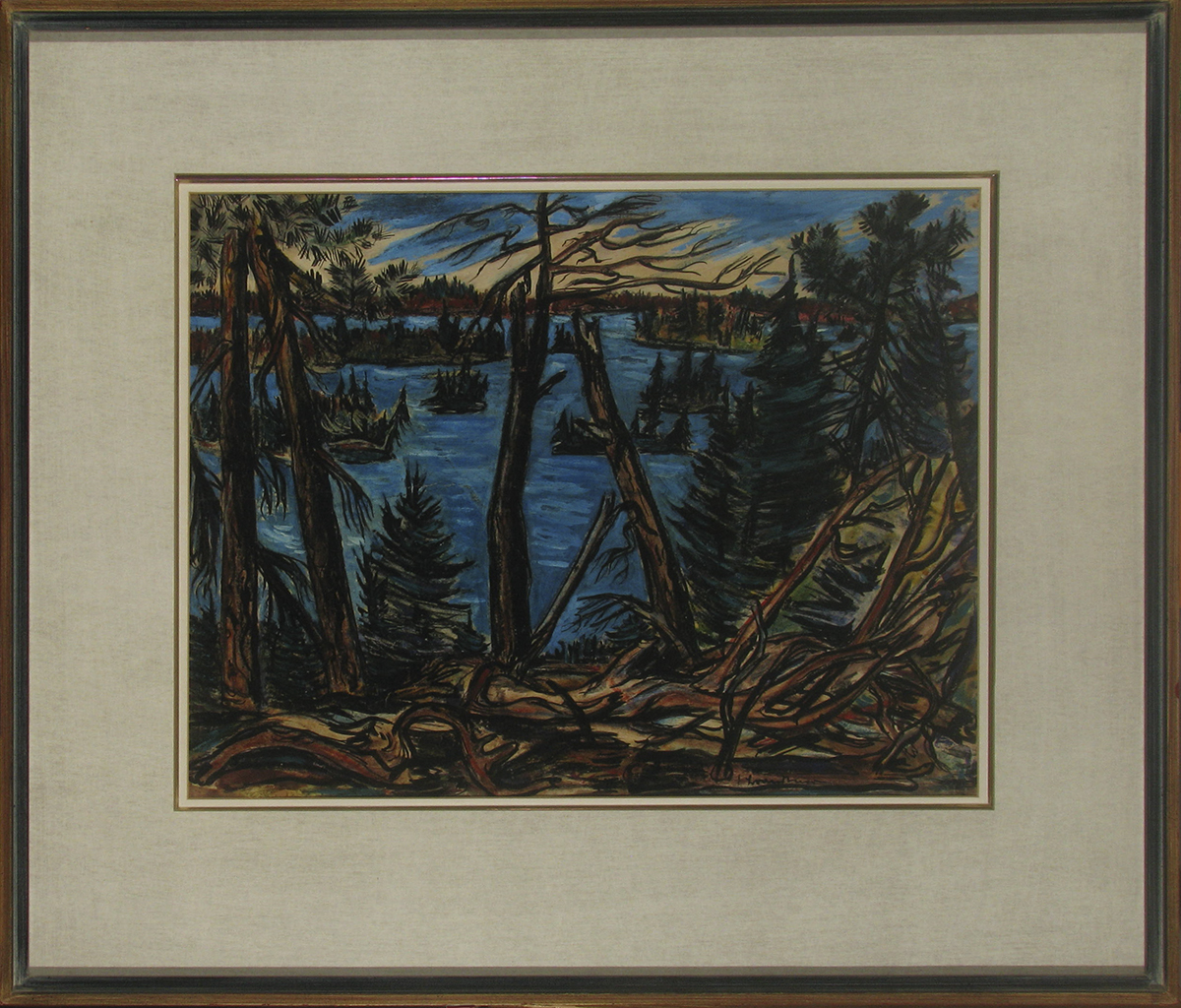

If this artwork interests you please contact us for purchasing information.
Self Portrait
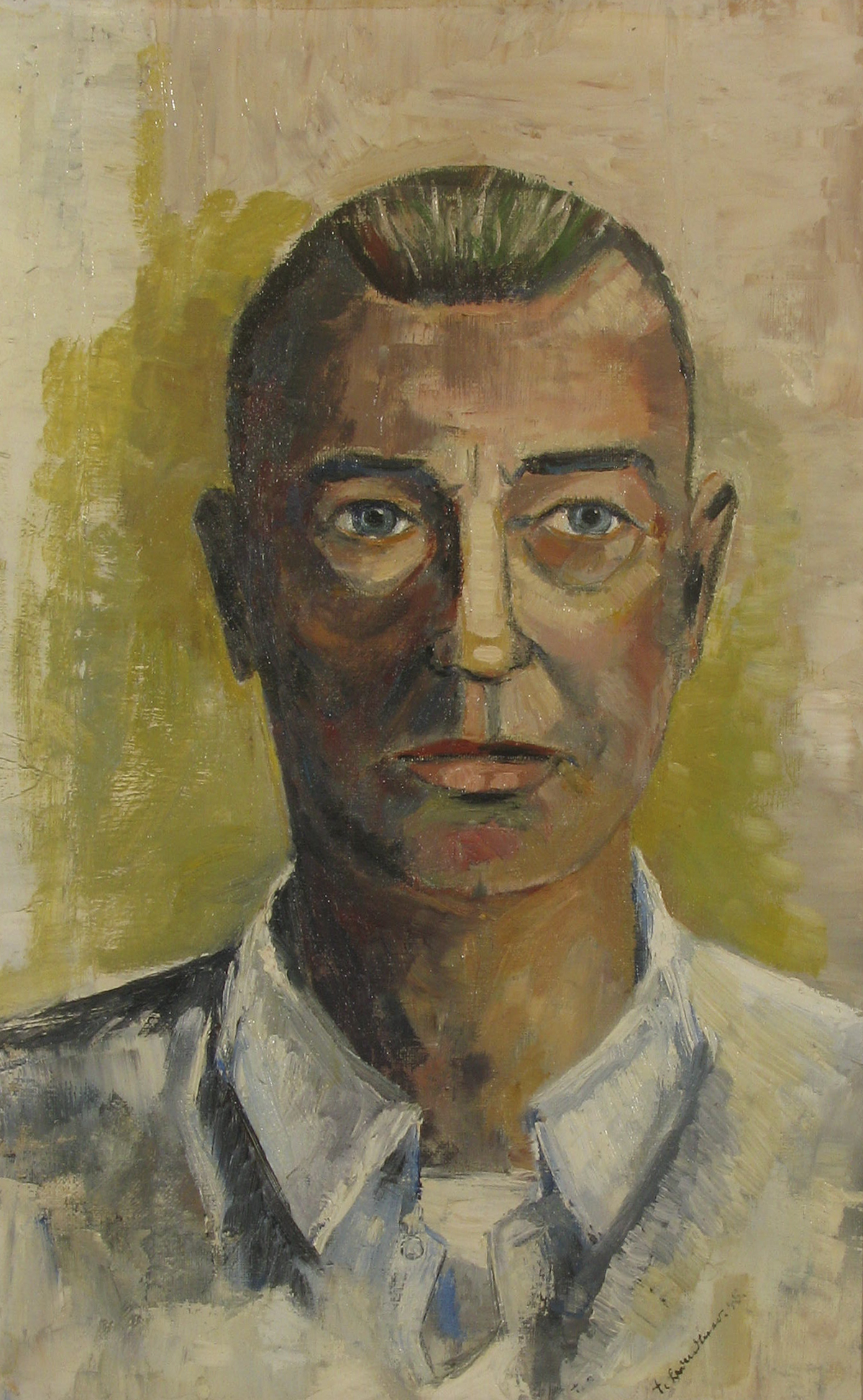
Oil on board
Signed and dated ‘45 lower right
19 1/2” x 12”
Provenance: Estate of Paul Kastel
Exhibited: Galérie Jean Pierre Valentin, Montreal
Confederation Art Gallery and Museum, Charlottetown, P.E.I.
SOLD
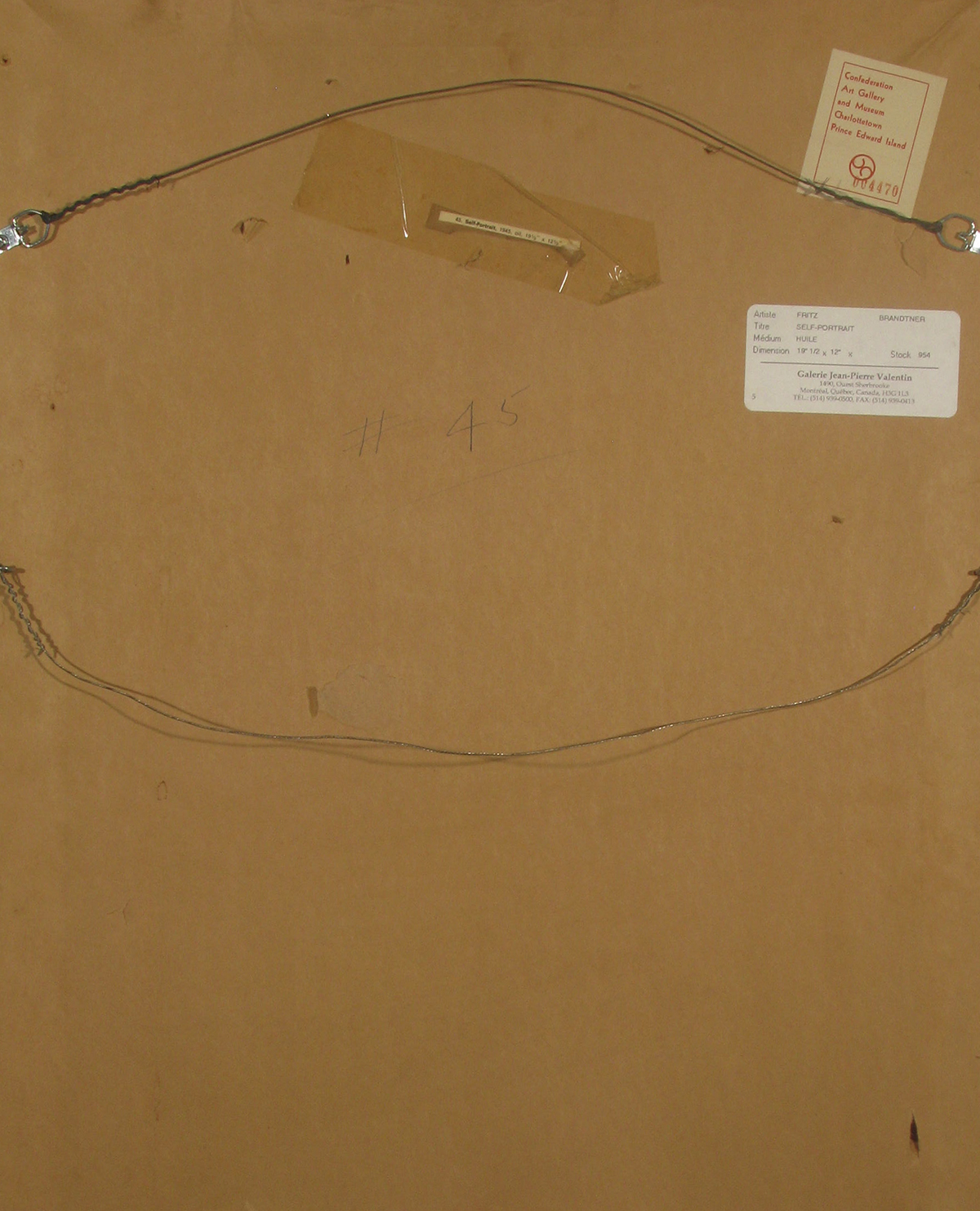
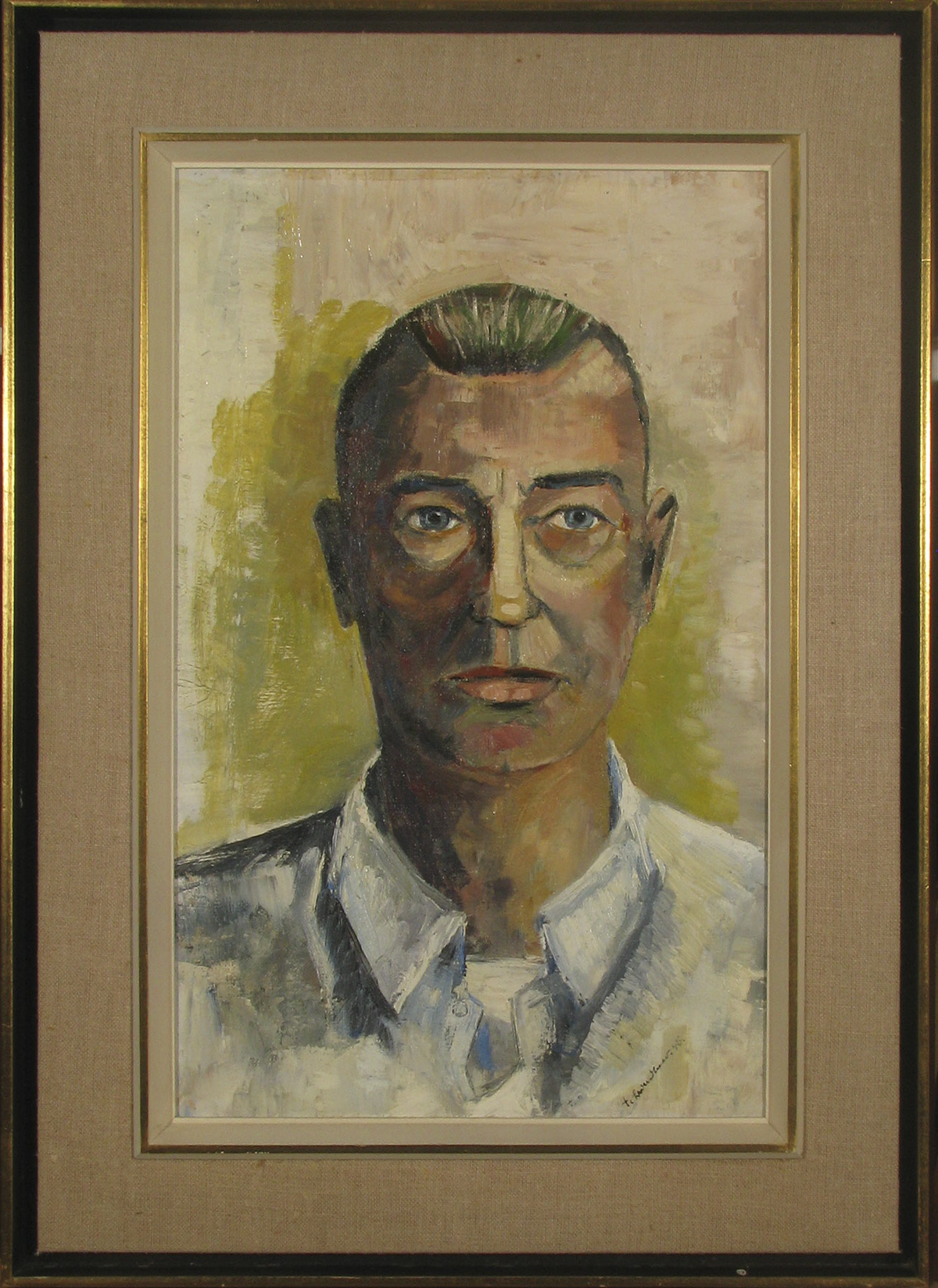

If this artwork interests you please contact us for purchasing information.
“Abstraction”, circa 1950

Mixed media on board
Signed lower center
Signed on the reverse and inscribed by Fritz Brandtner- “hot wax painting, burning-in process
15” x 20”
Provenance; The estate of Paul Kastel
Exhibited: “The Brave New World”, Agnes Etherington Art Centre, Cat. #62, Page 80
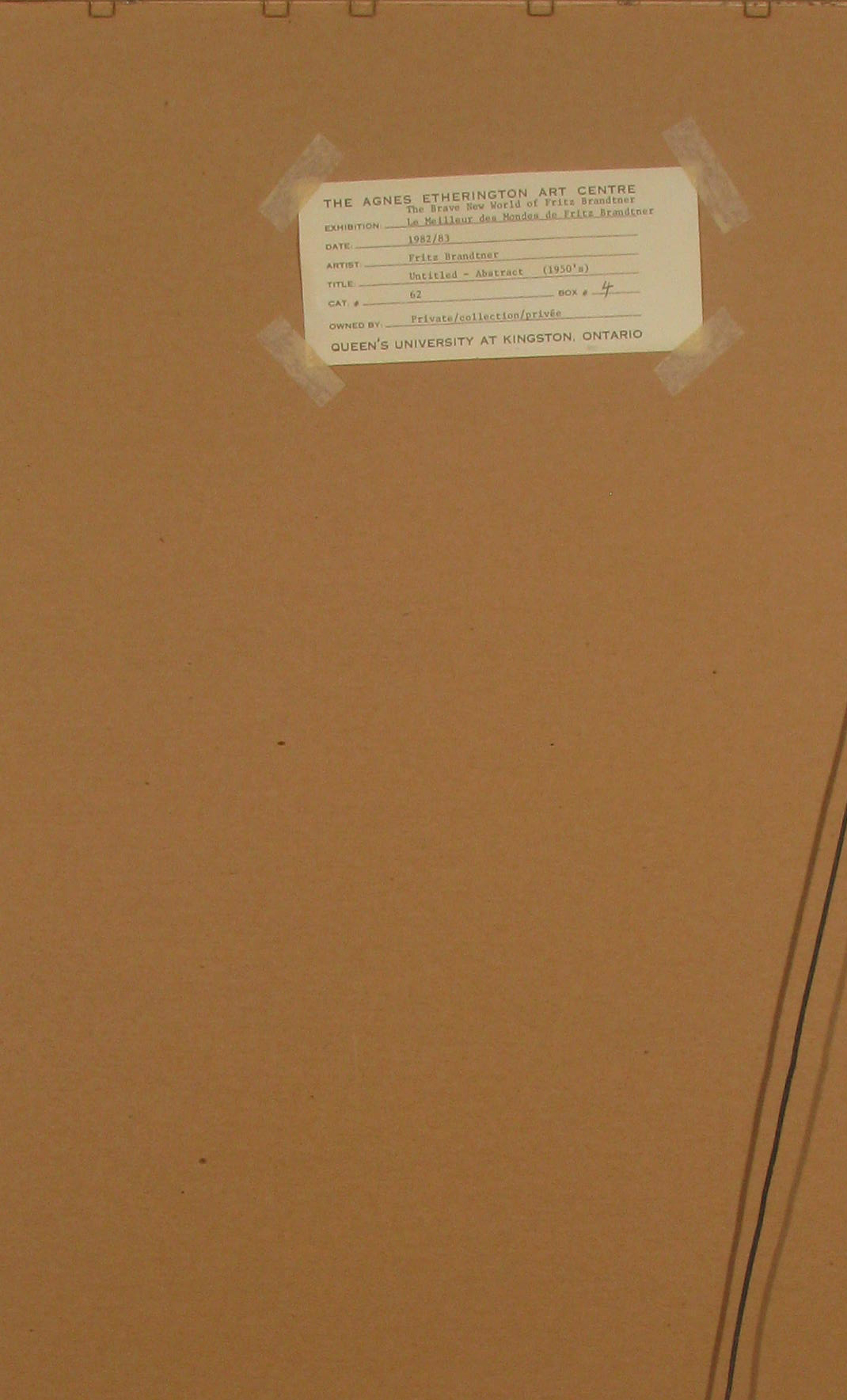
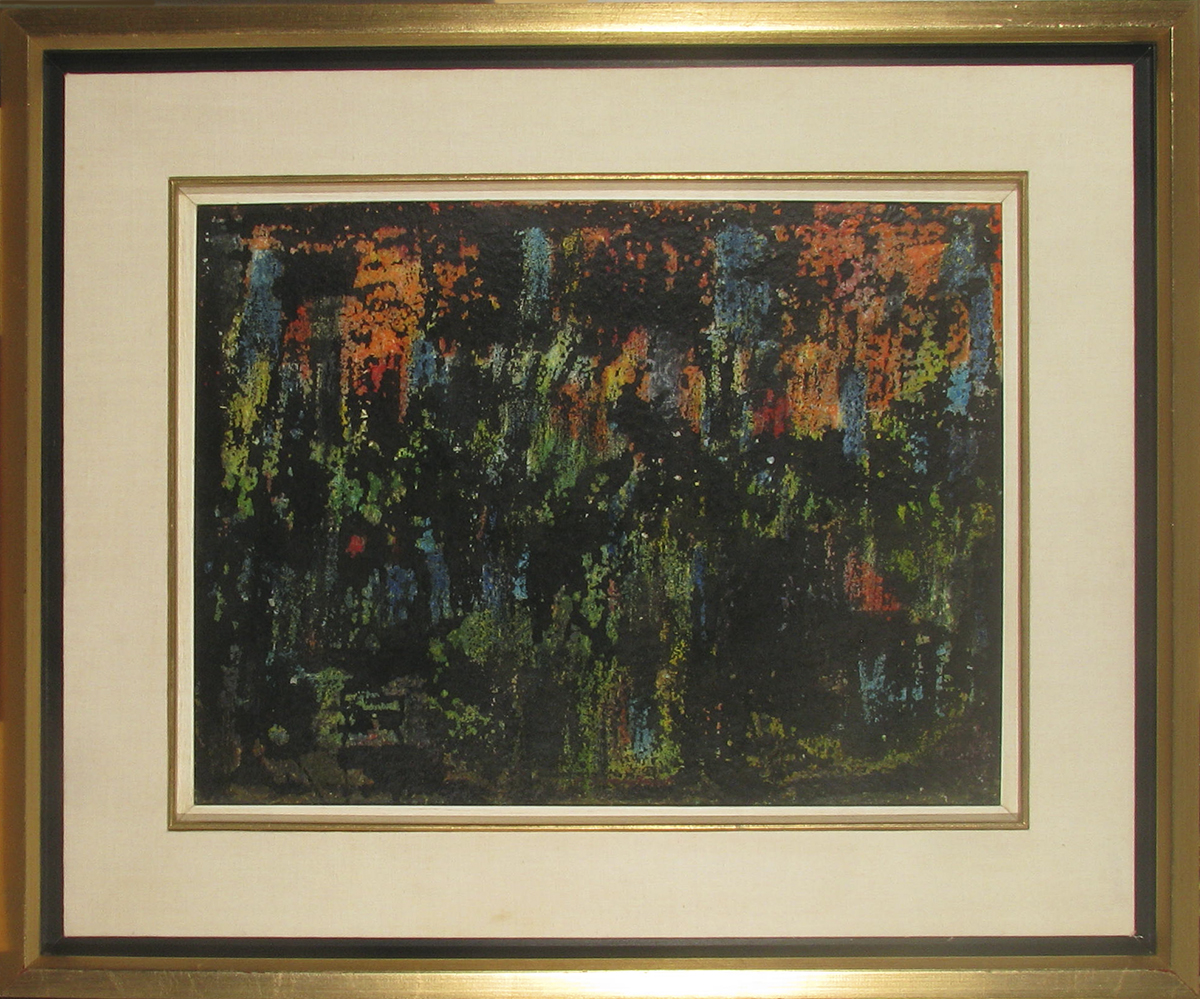

If this artwork interests you please contact us for purchasing information.
Abstraction
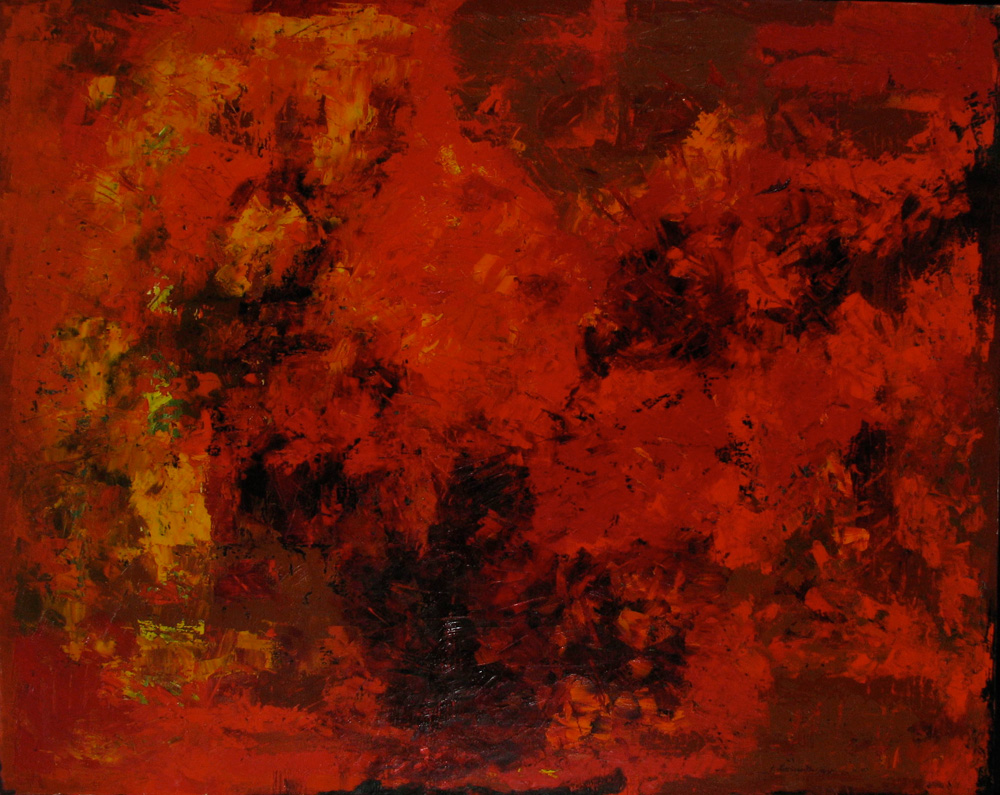
Oil on canvas
Signed
40” x 50”
Provenance: Private collection, Montreal

If this artwork interests you please contact us for purchasing information.
Wild Horses
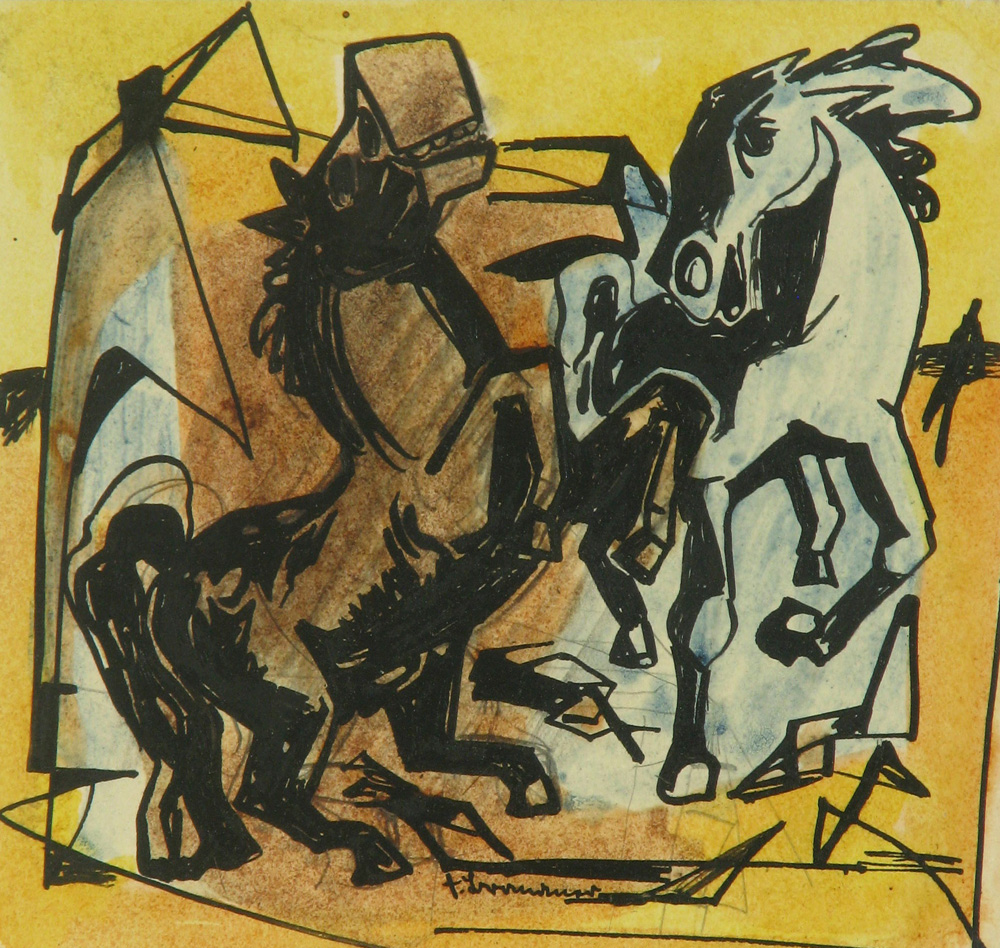
Coloured Inks
Signed
5 3/4” x 6 1/4”
Provenance: Kastel Gallery, Montreal

If this artwork interests you please contact us for purchasing information.
“Annunciation”
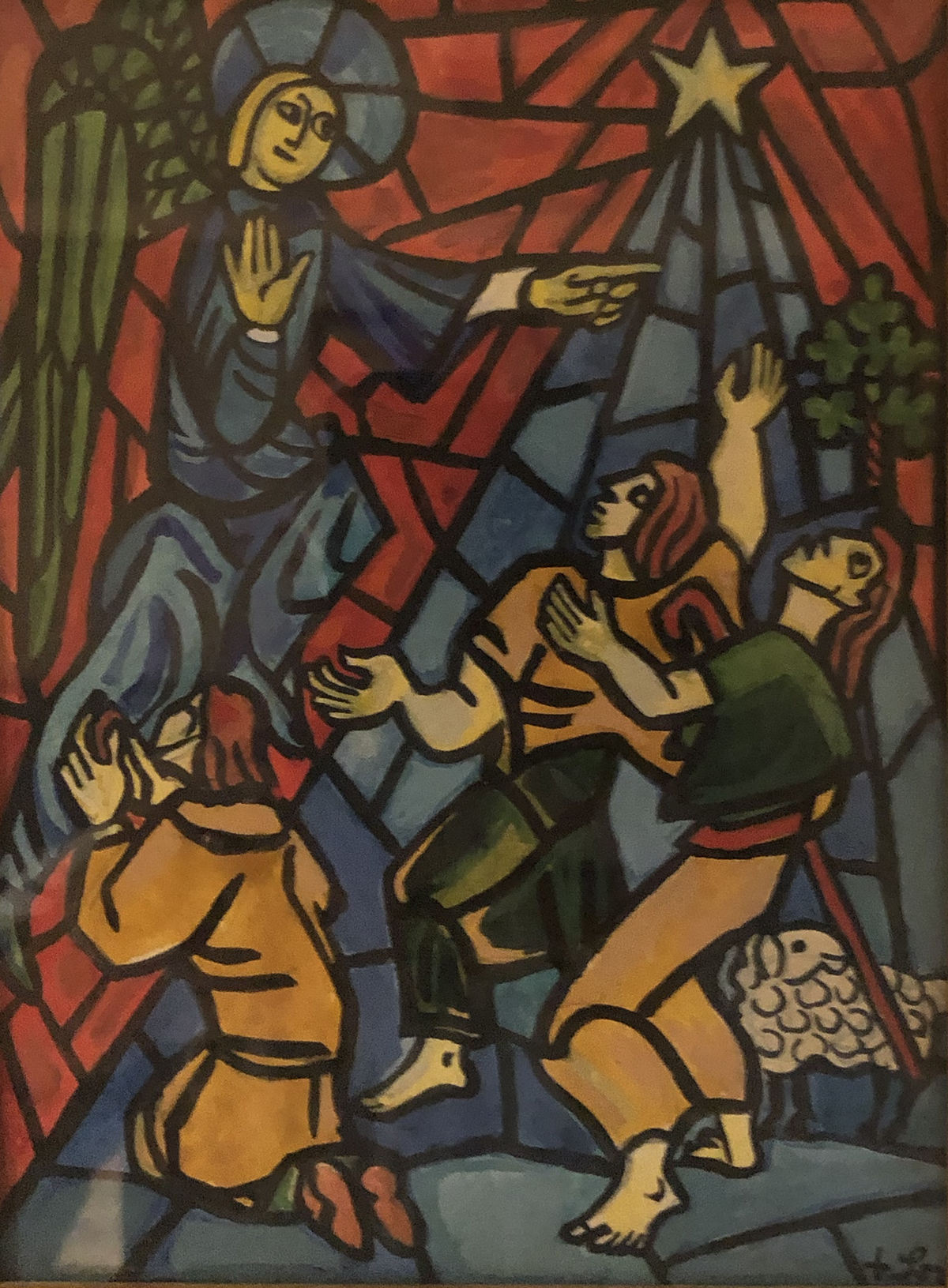
Ink and watercolour
Signed with initials lower right; titled on a label on the reverse
7 1/2” x 6””
Provenance: Estate of Paul Kastel, Montreal

If this artwork interests you please contact us for purchasing information.
Still Life subjects, circa 1942
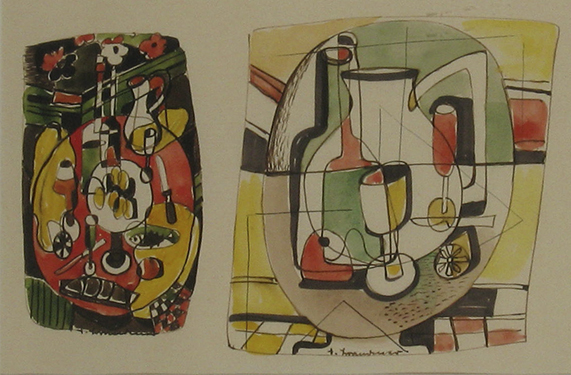
Mixed media on paper
Signed lower right
6” x 9”
Provenance: Estate of Paul Kastel
$2,500.00
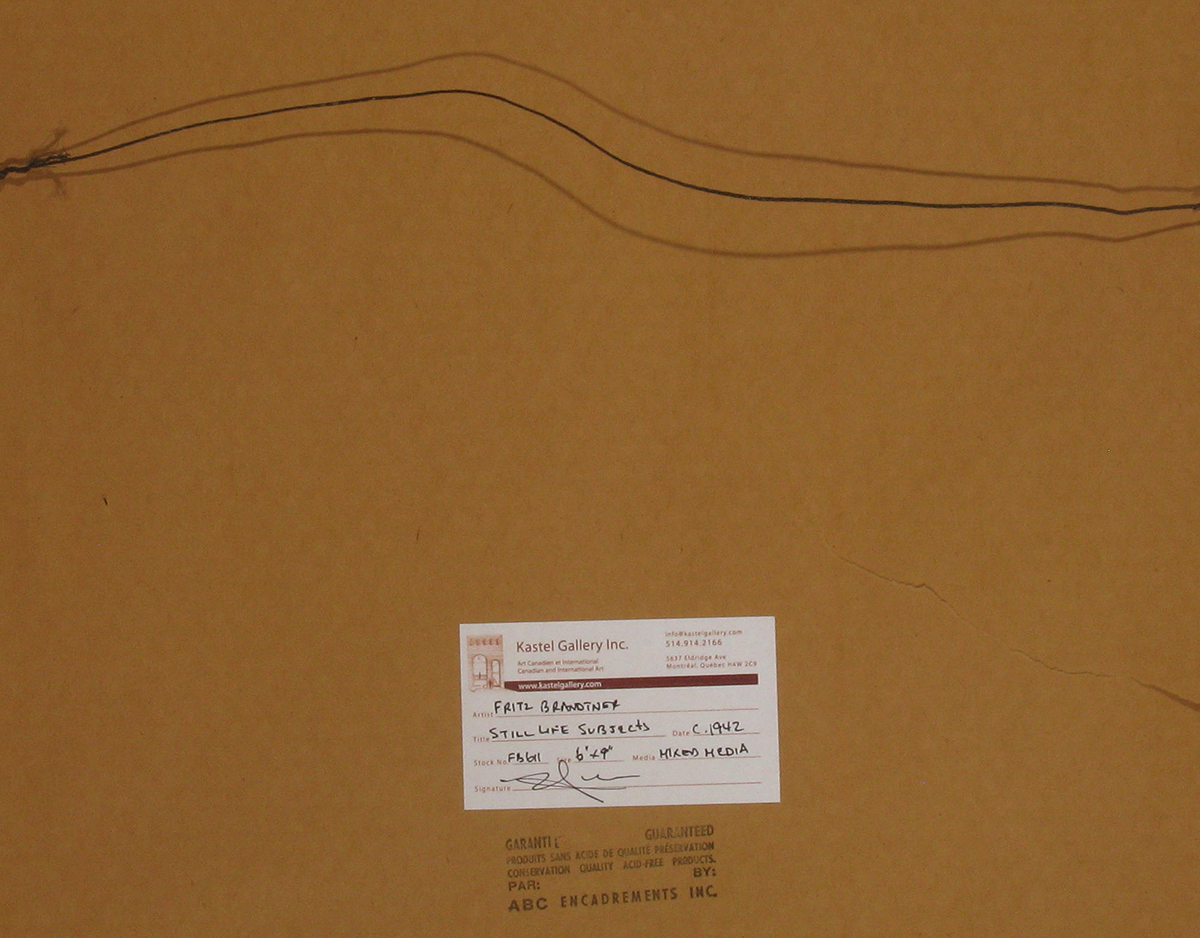
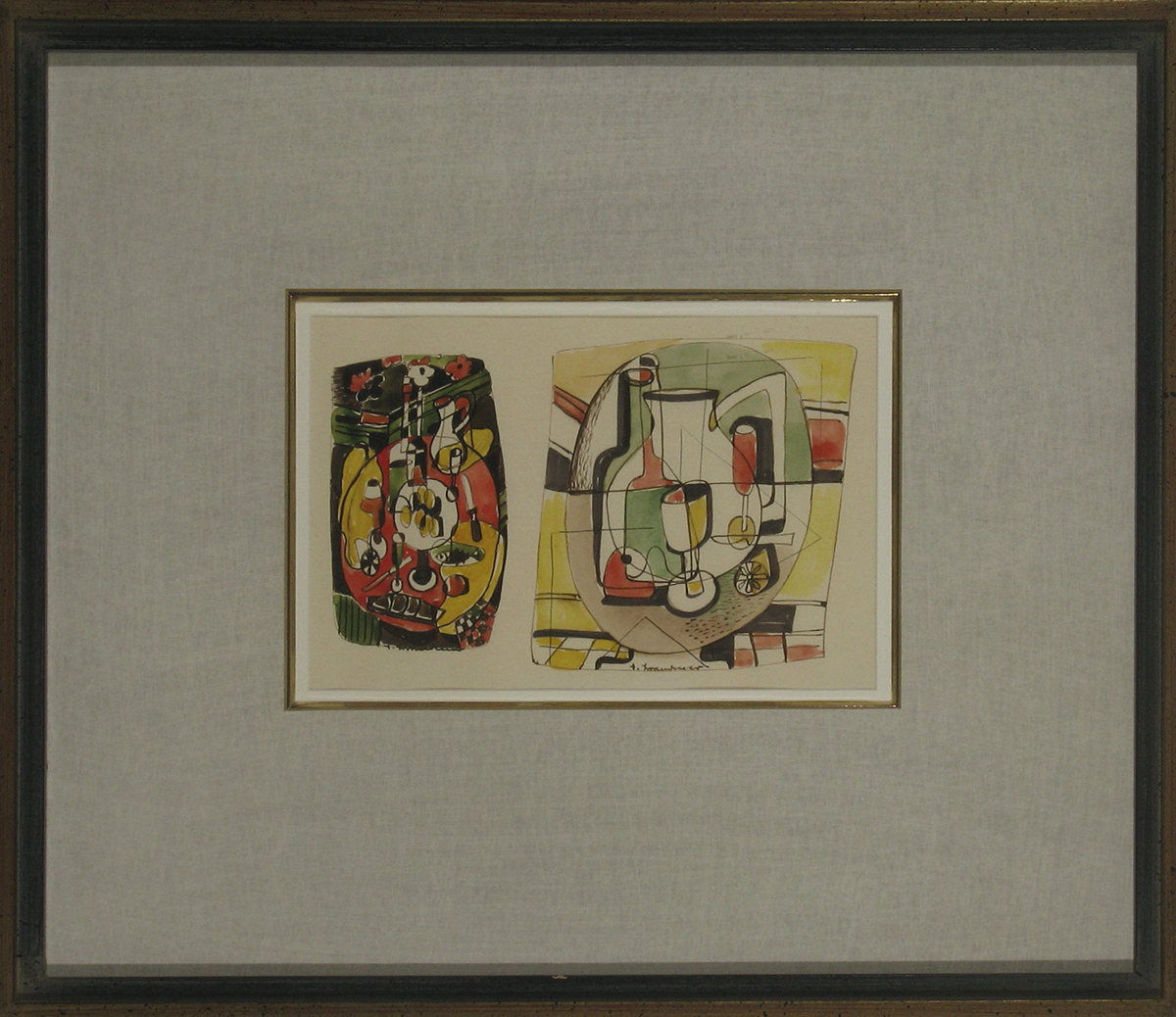

If this artwork interests you please contact us for purchasing information.
“Rough Idea”
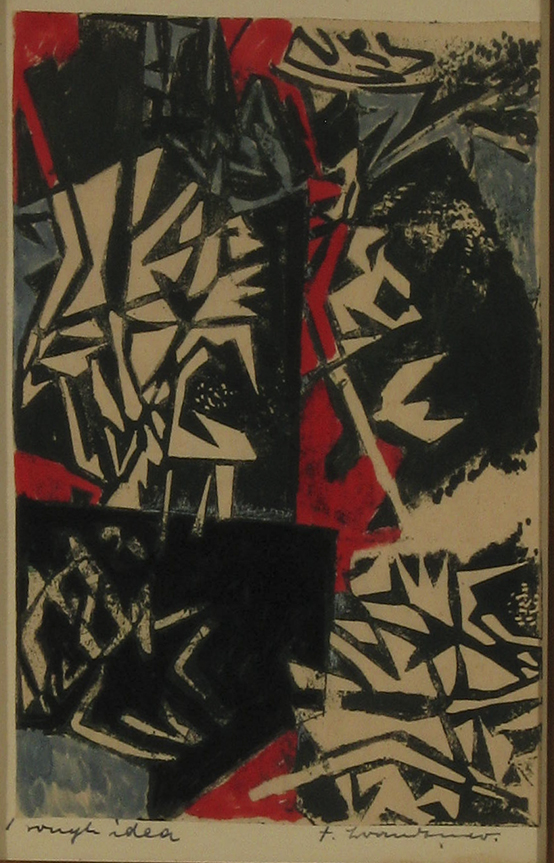
Woodcut in colours
Signed lower right and titled lower left
8 1/2” x 5 1/2”
Provenance: Estate of Paul Kastel
Exhibited: Galérie Valentin,” Fritz Brandtner Retrospective”, September 2011
SOLD
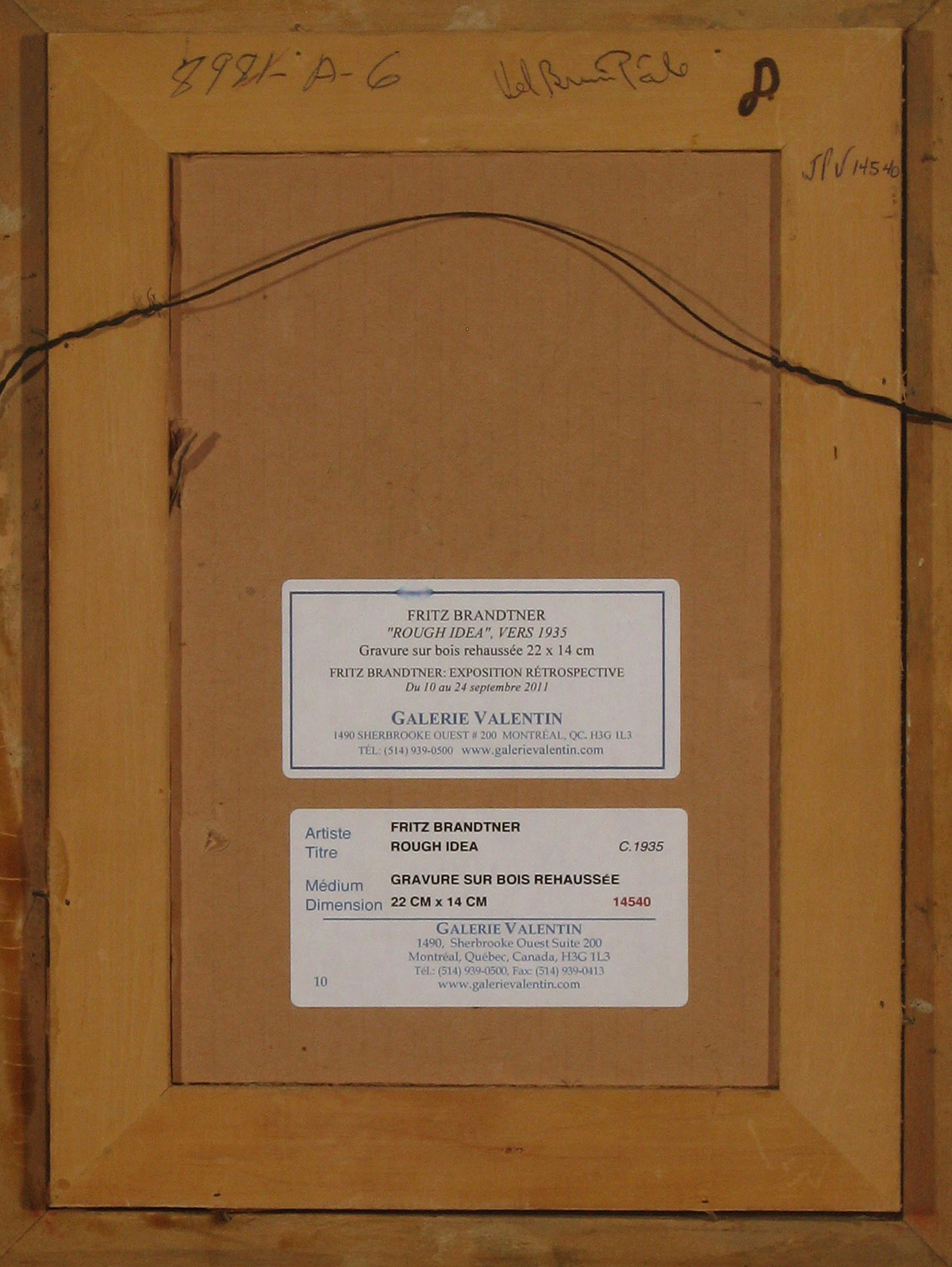
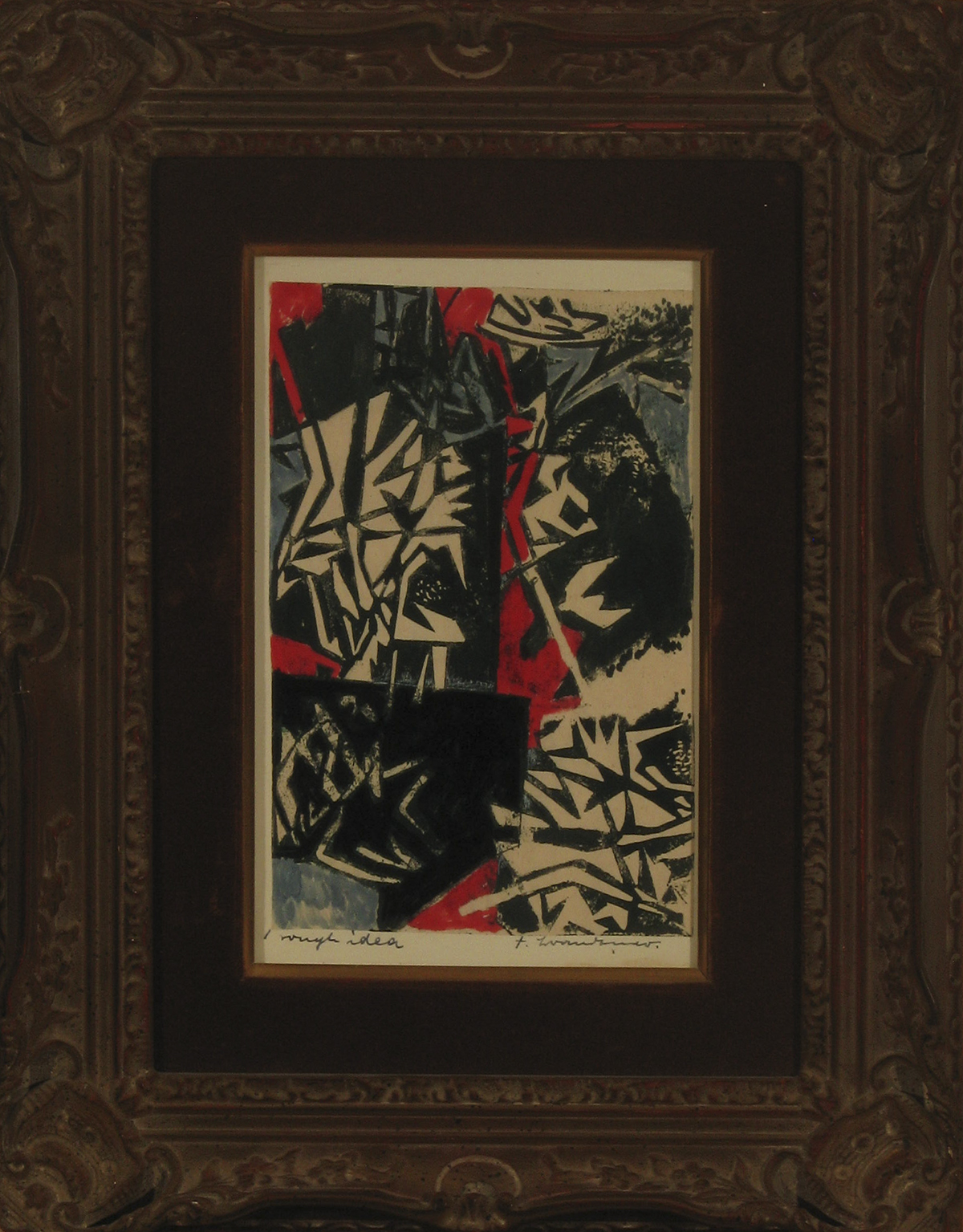

If this artwork interests you please contact us for purchasing information.
Abstraction
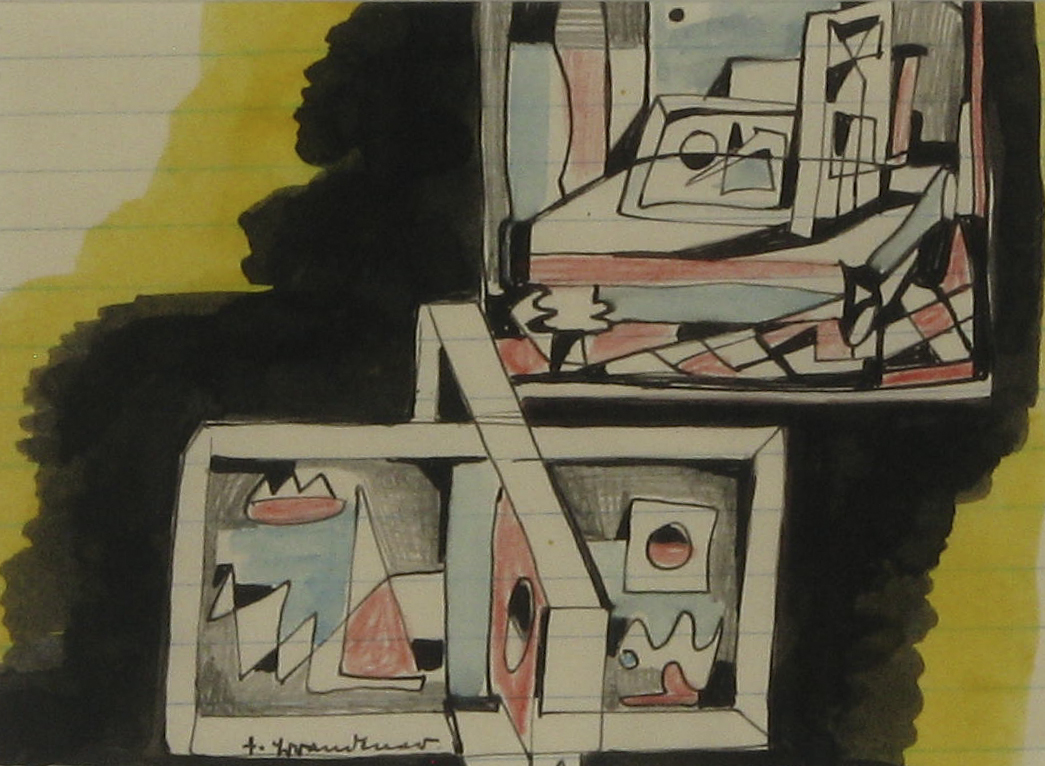
Mixed media on paper
Signed lower left
4 1/2” x 6”
Provenance: Estate of Paul Kastel
$1,600.00
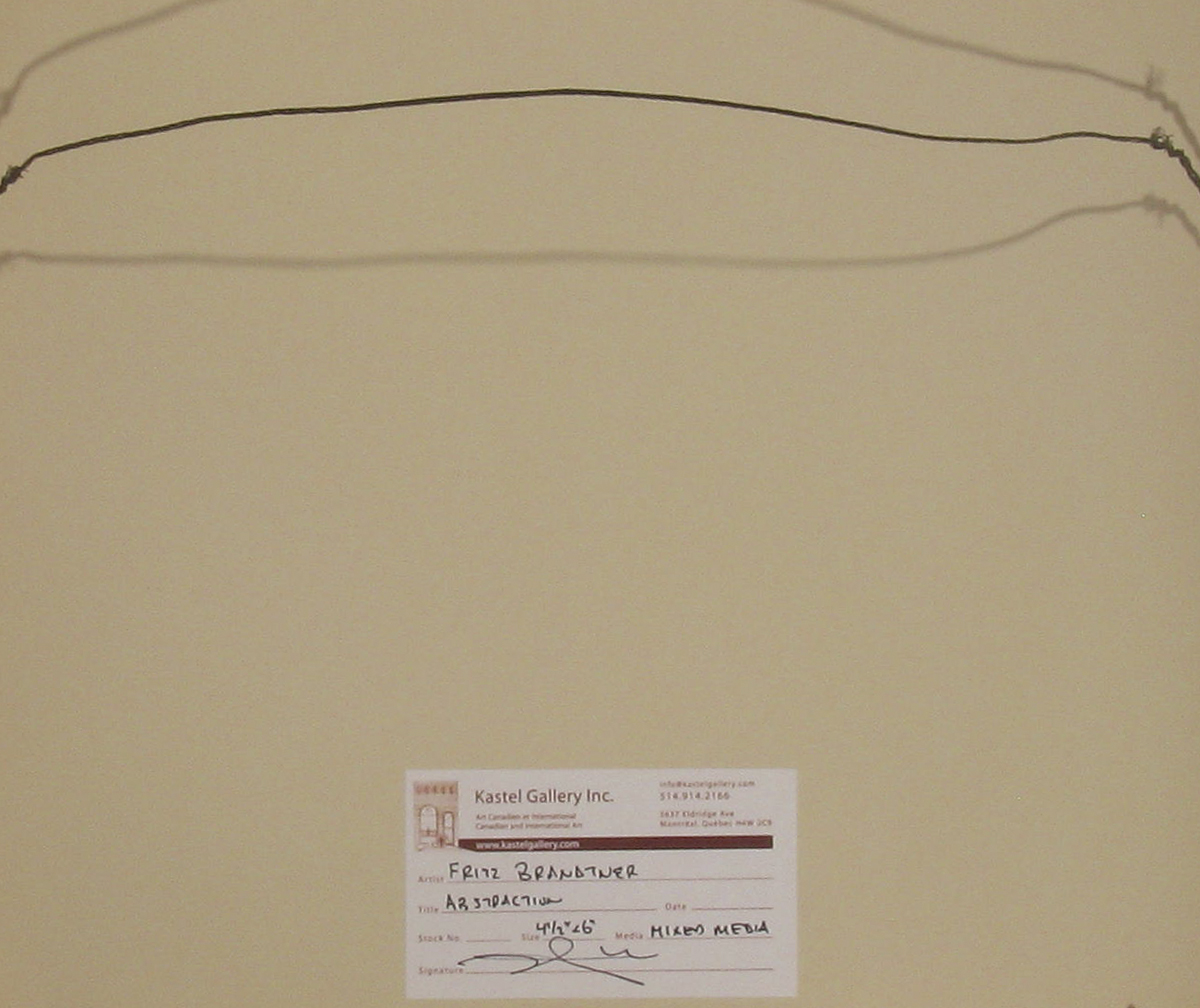
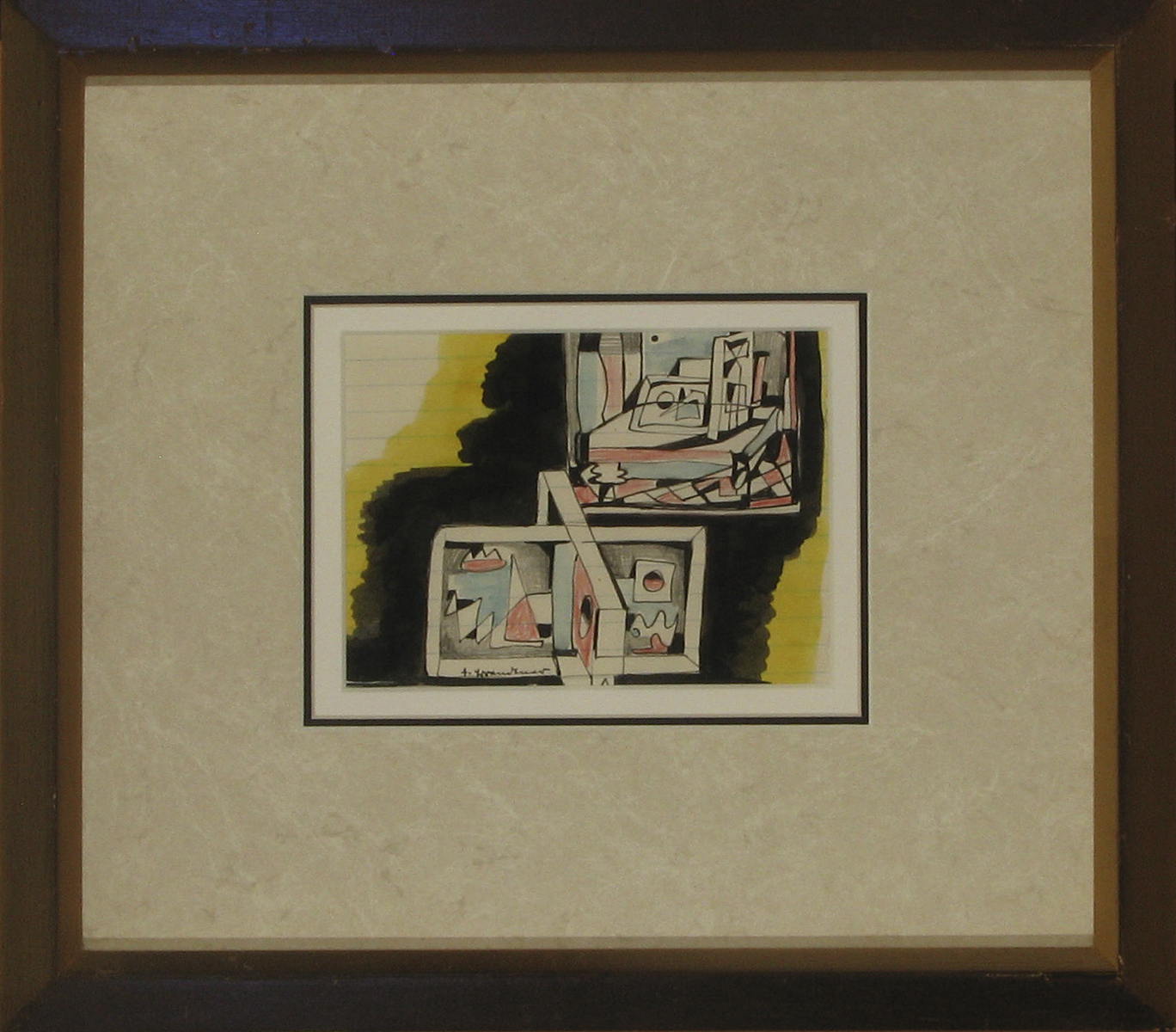

If this artwork interests you please contact us for purchasing information.
Untitled
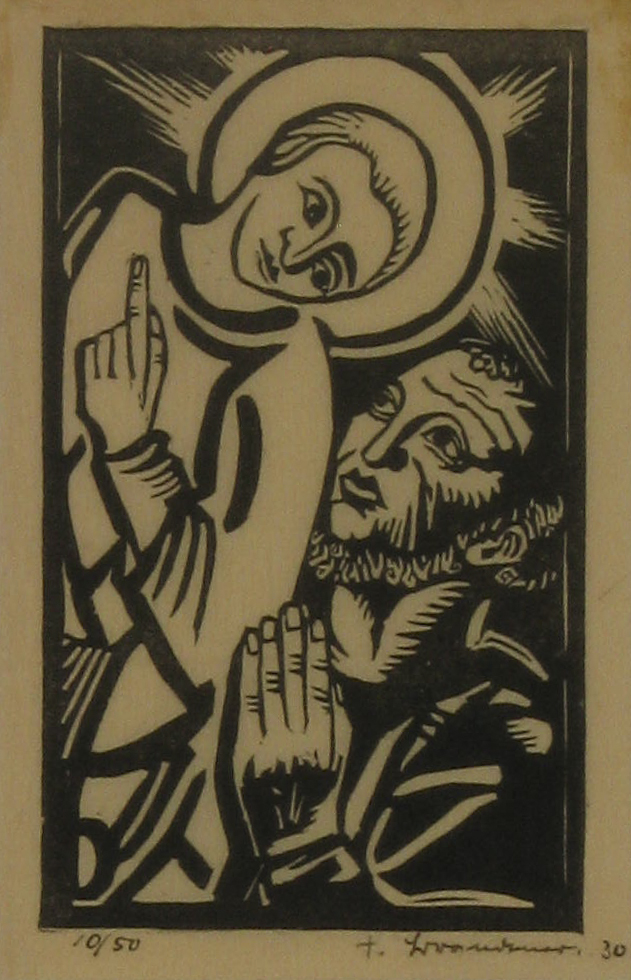
Linocut, 1930
6 1/2” x 4”
Signed and dated 1930 lower right
Numbered 10/50 lower left
$1,150.00
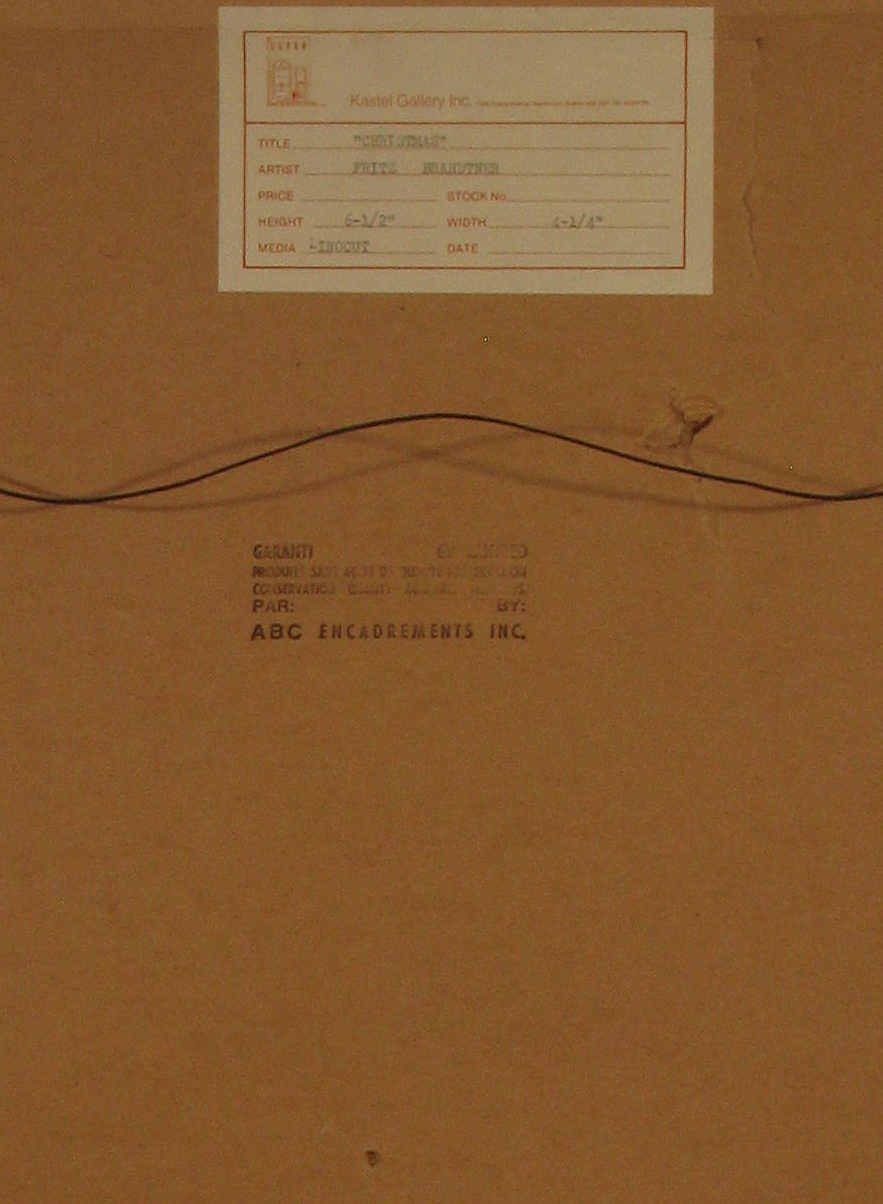

If this artwork interests you please contact us for purchasing information.
“The Welder”
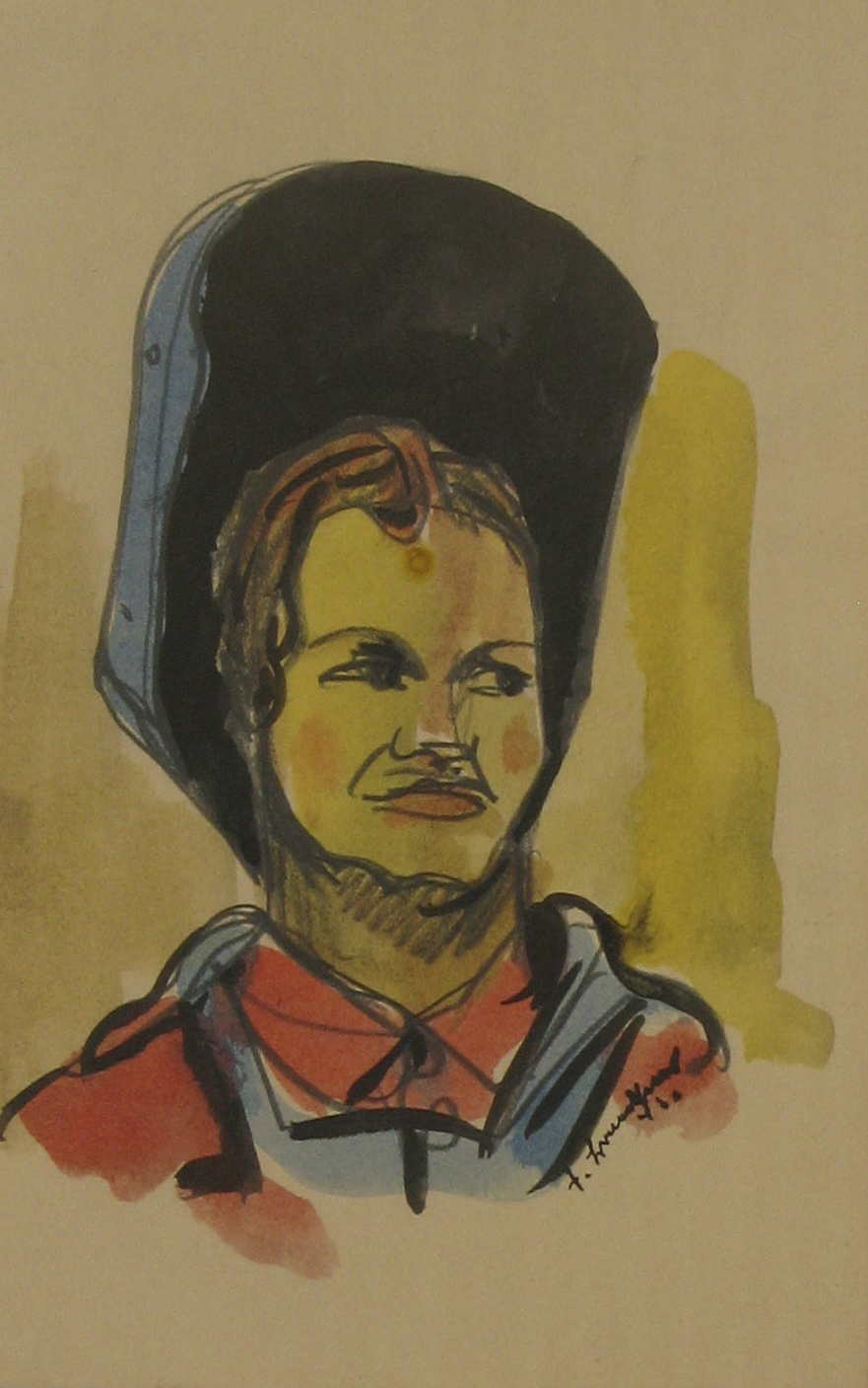
Watercolours on paper
Signed and dated ‘43
8 1/2” x 5 3/4”
Inscribed “The Welder”, Vickers Institute 1943 on the reverse
Provenance: Estate of Paul Kastel
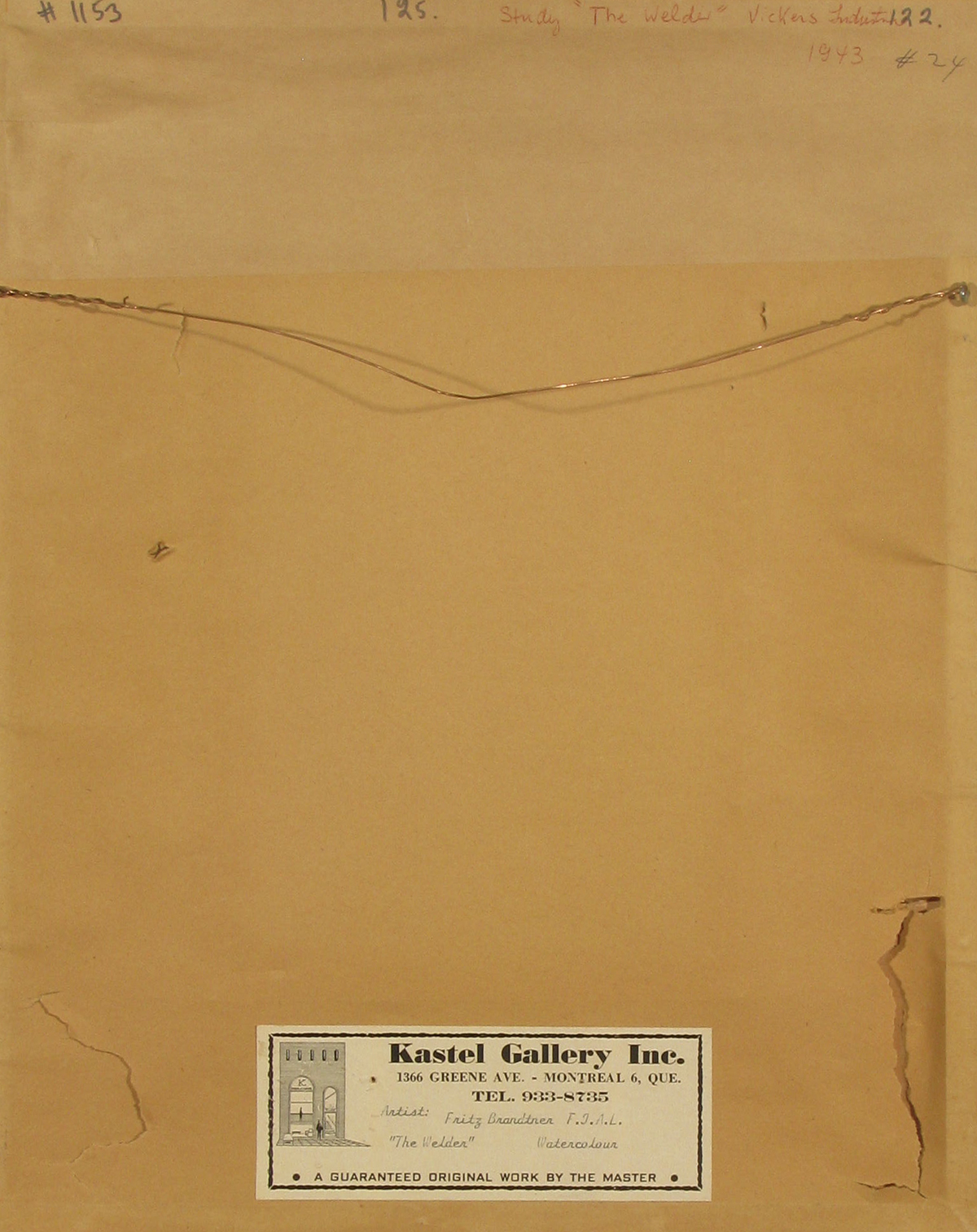
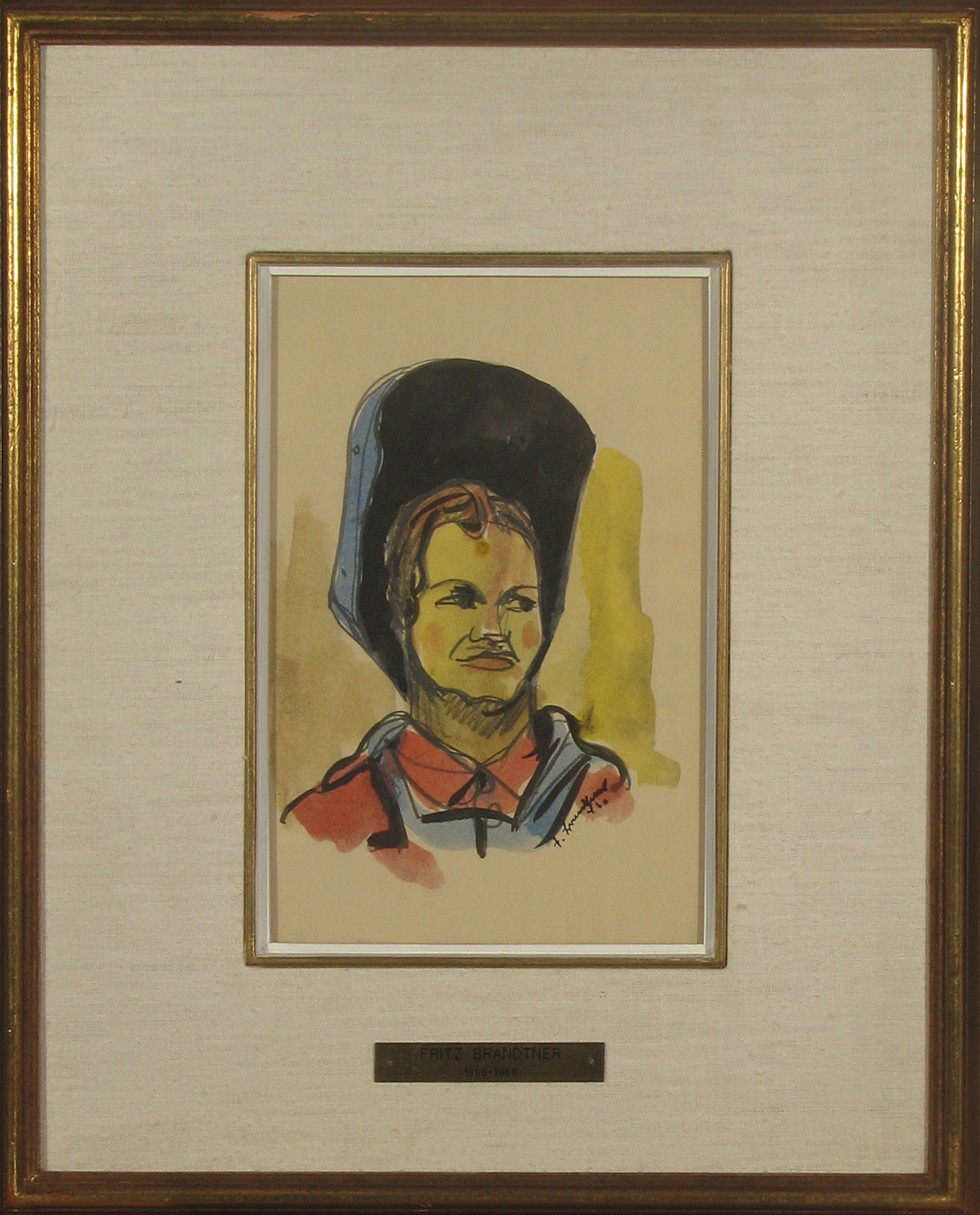

If this artwork interests you please contact us for purchasing information.
Seated Figure

Charcoals on paper
Signed
16” x 10”
Private collection, Montreal

If this artwork interests you please contact us for purchasing information.
